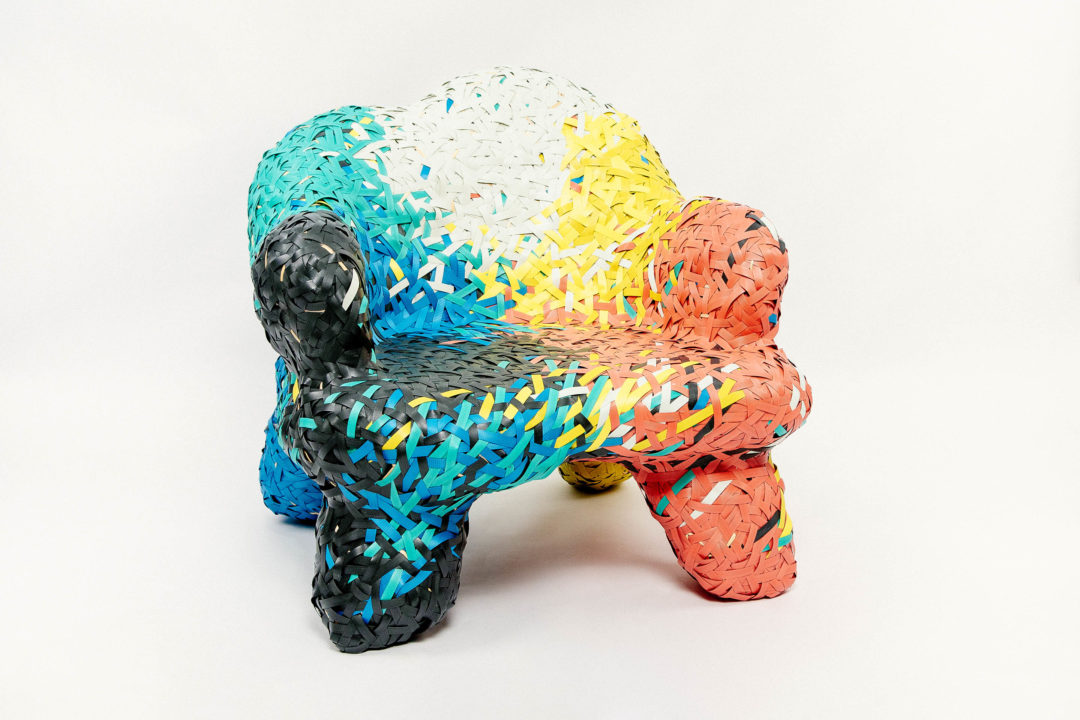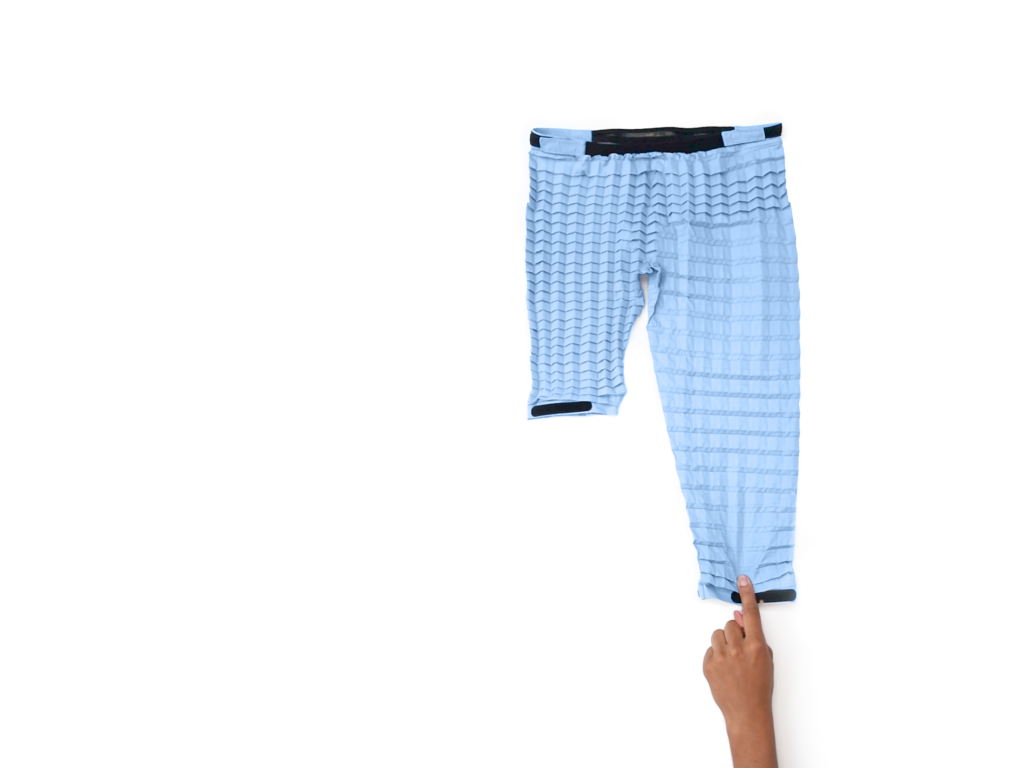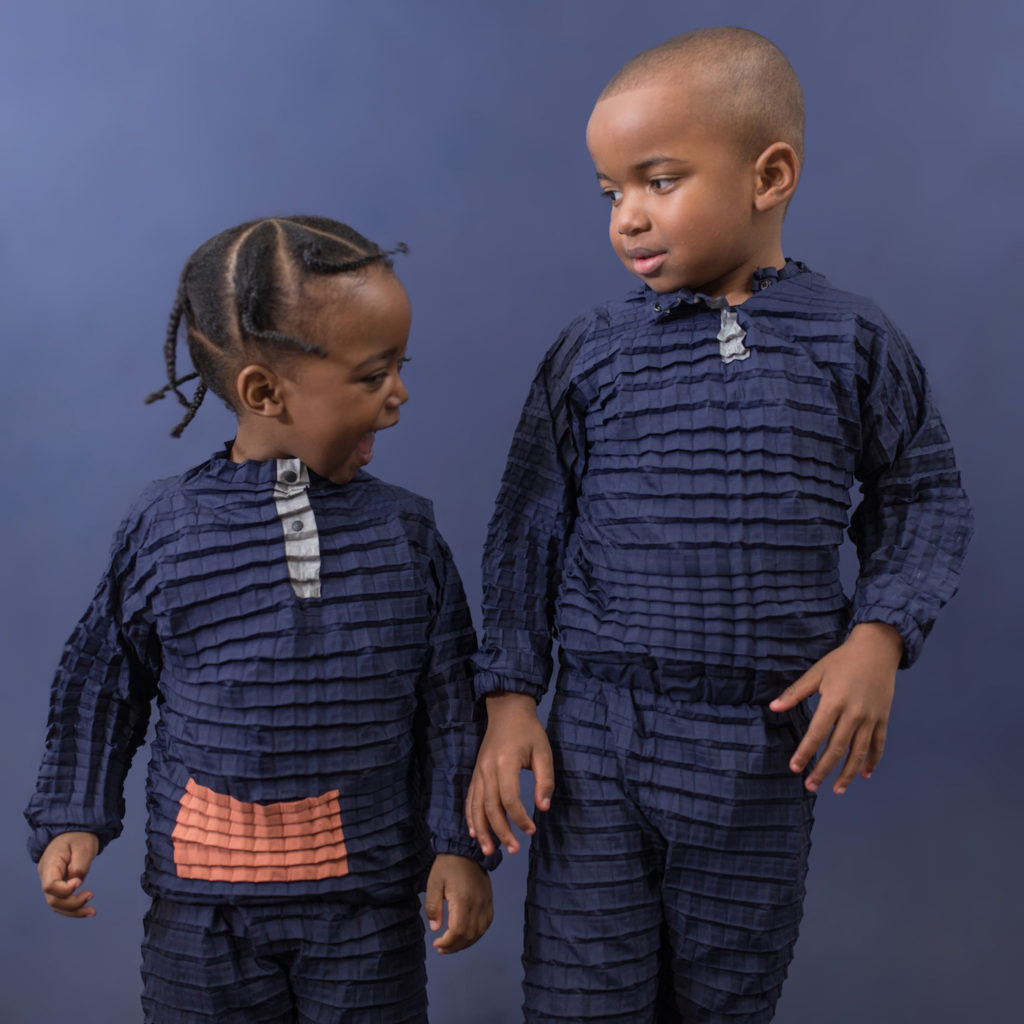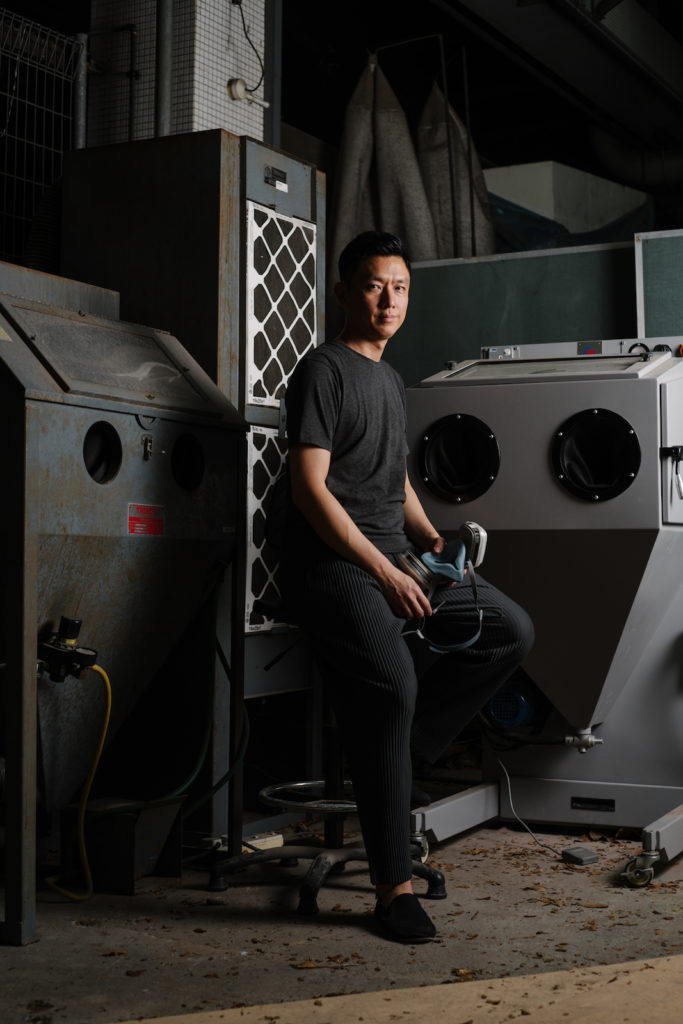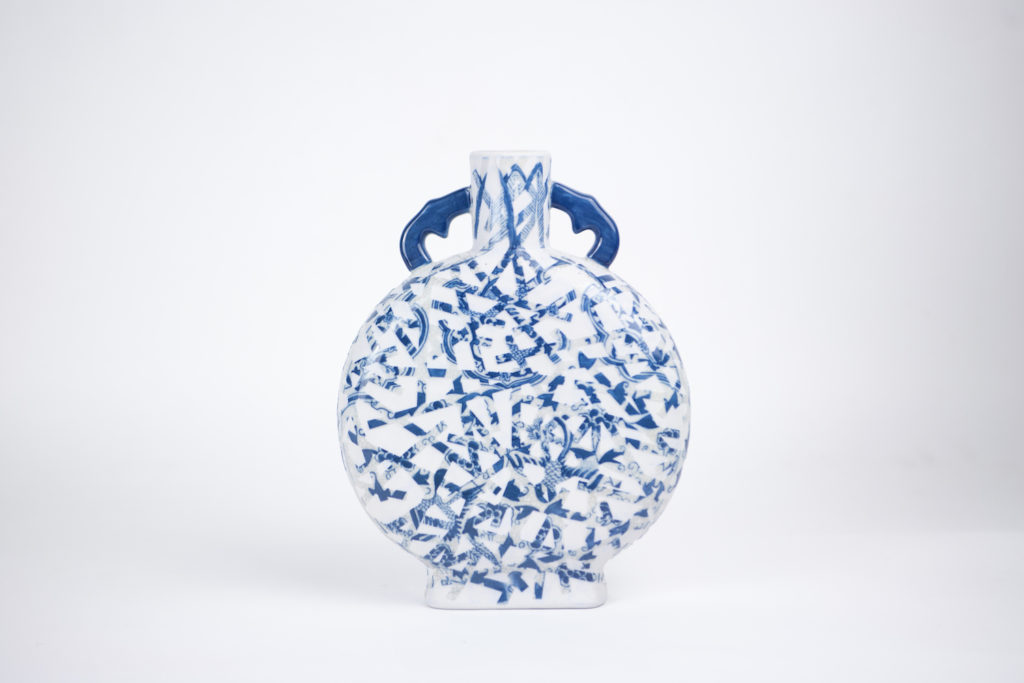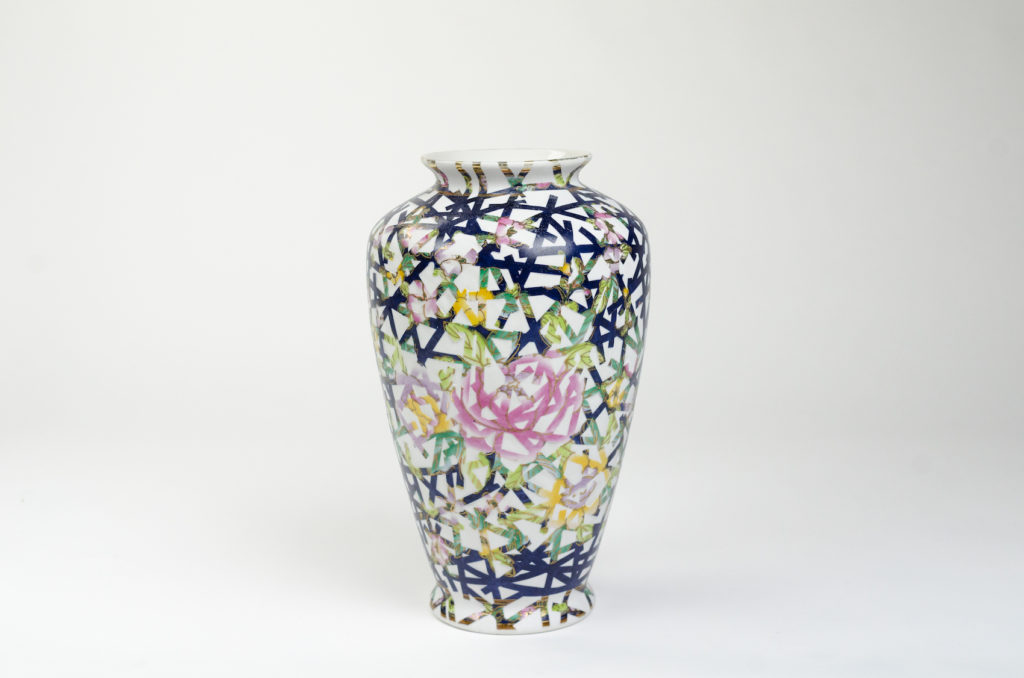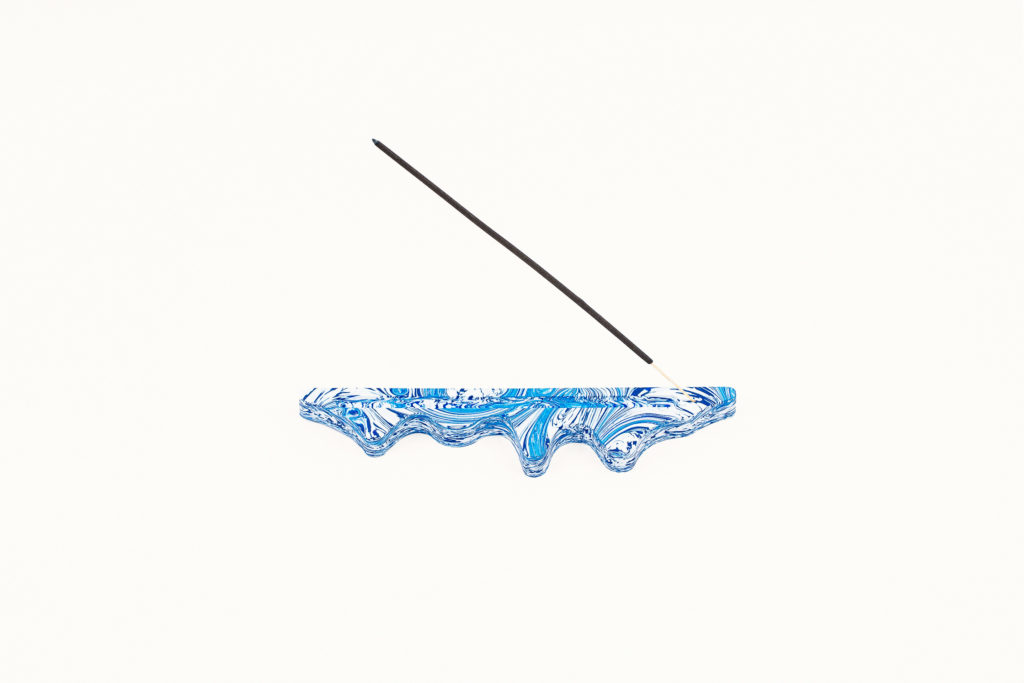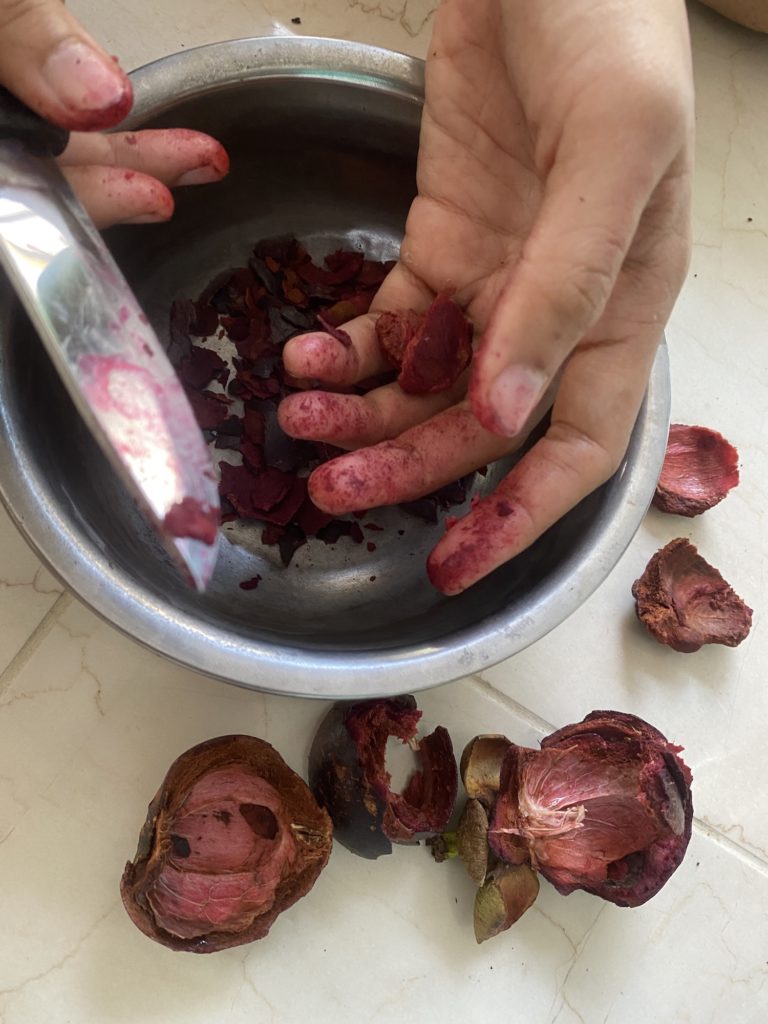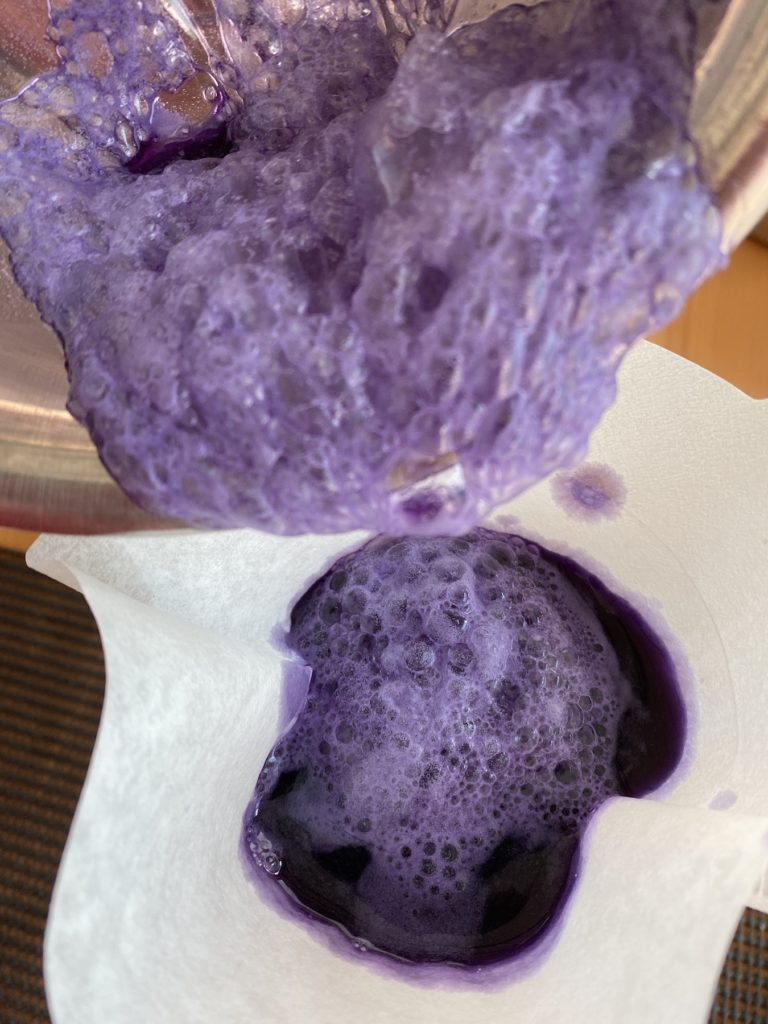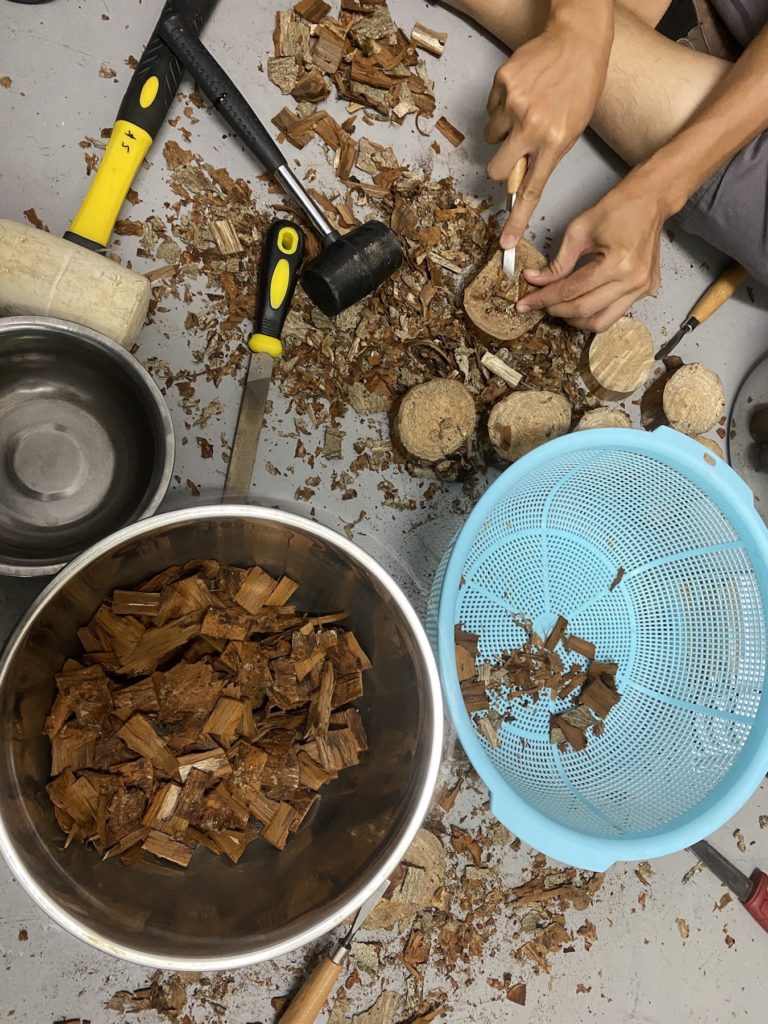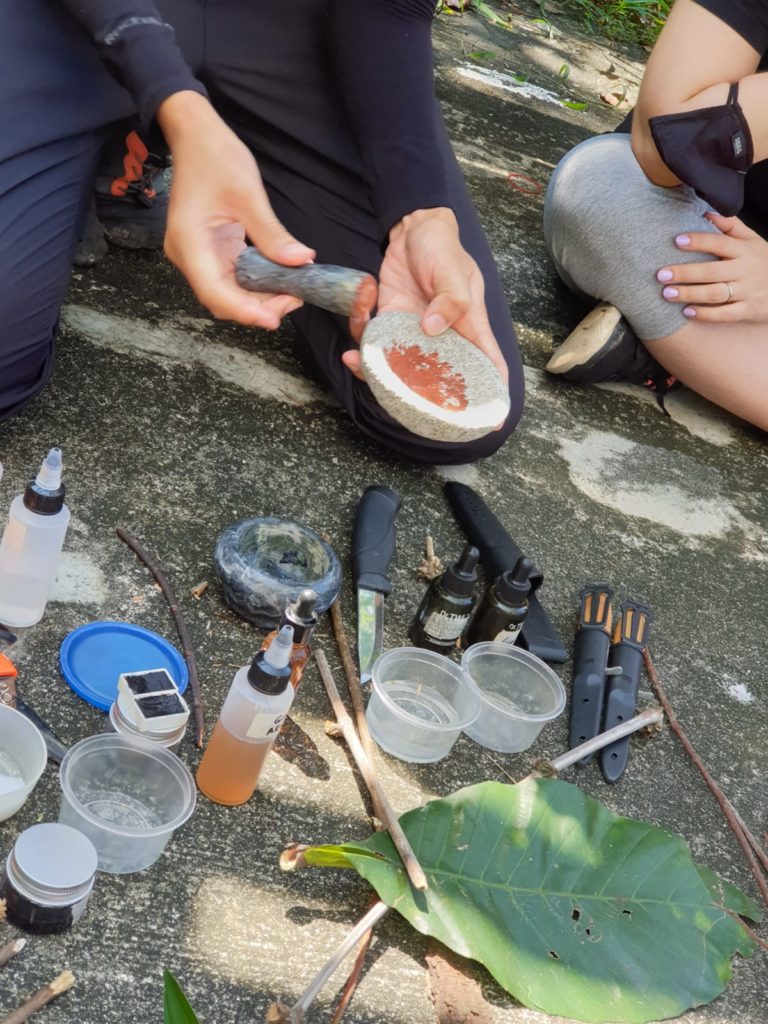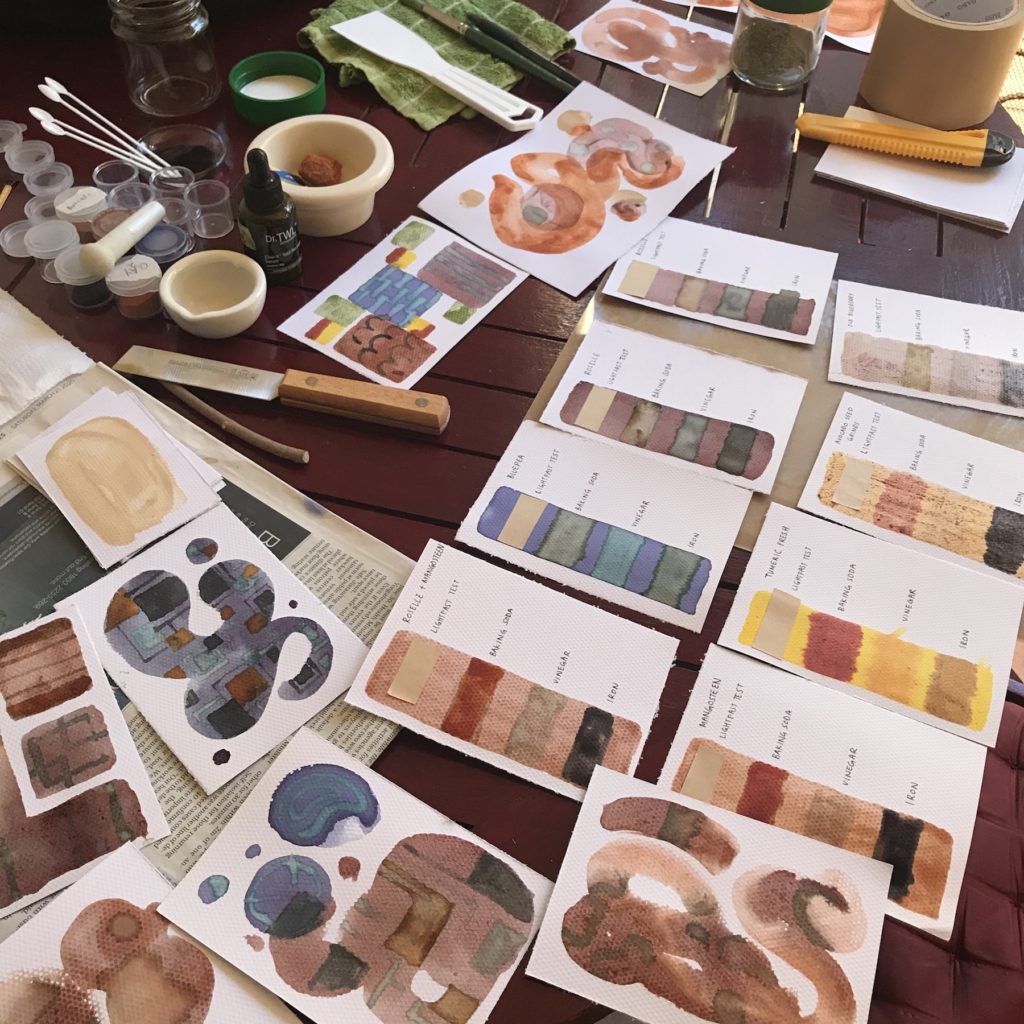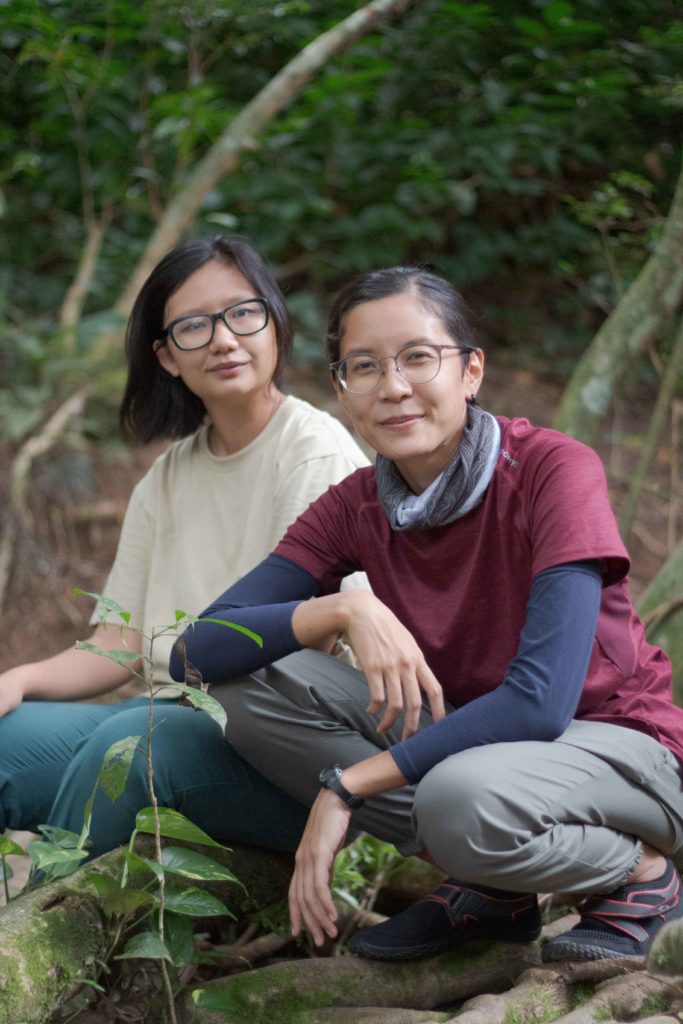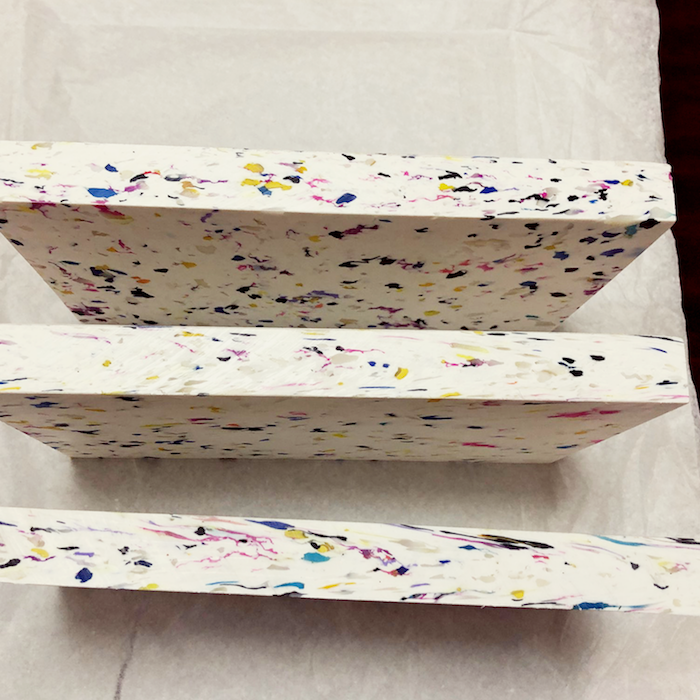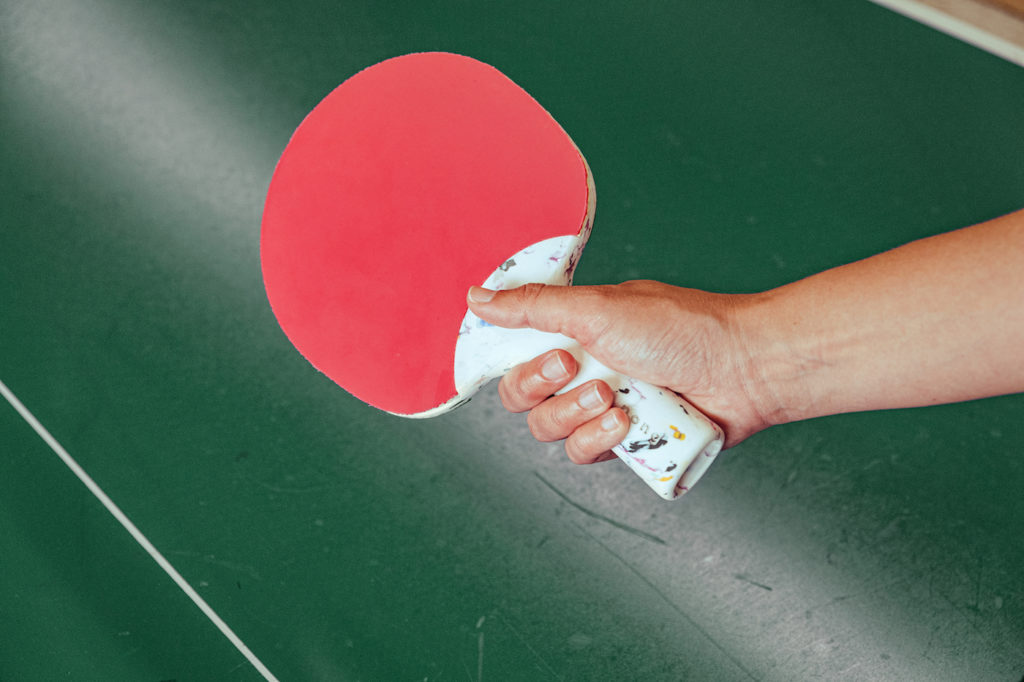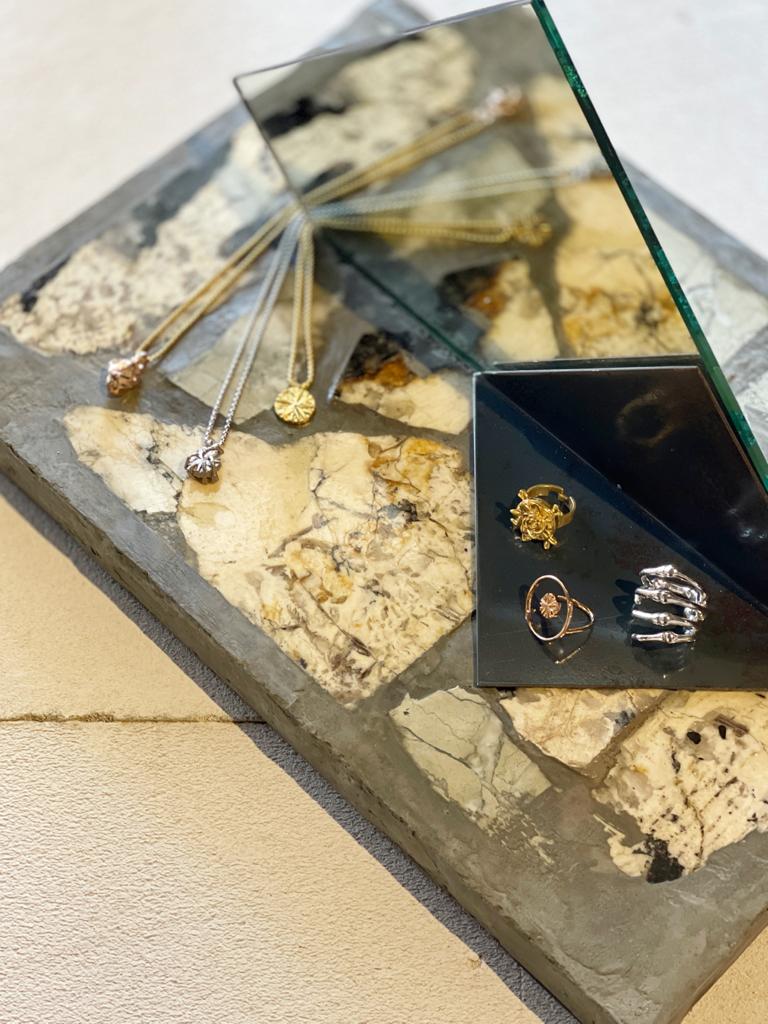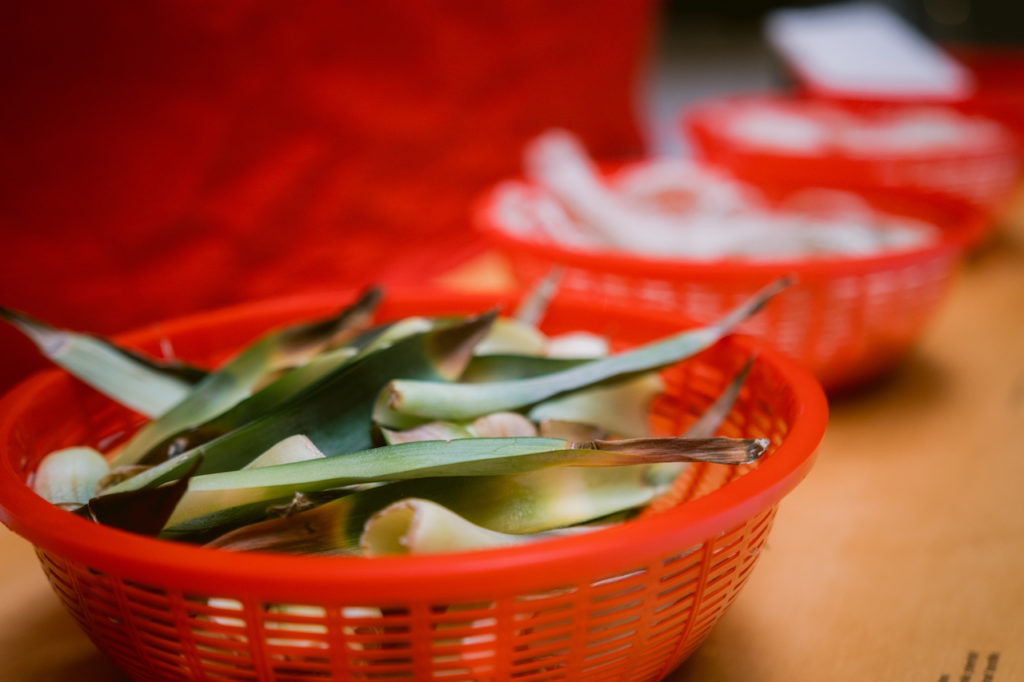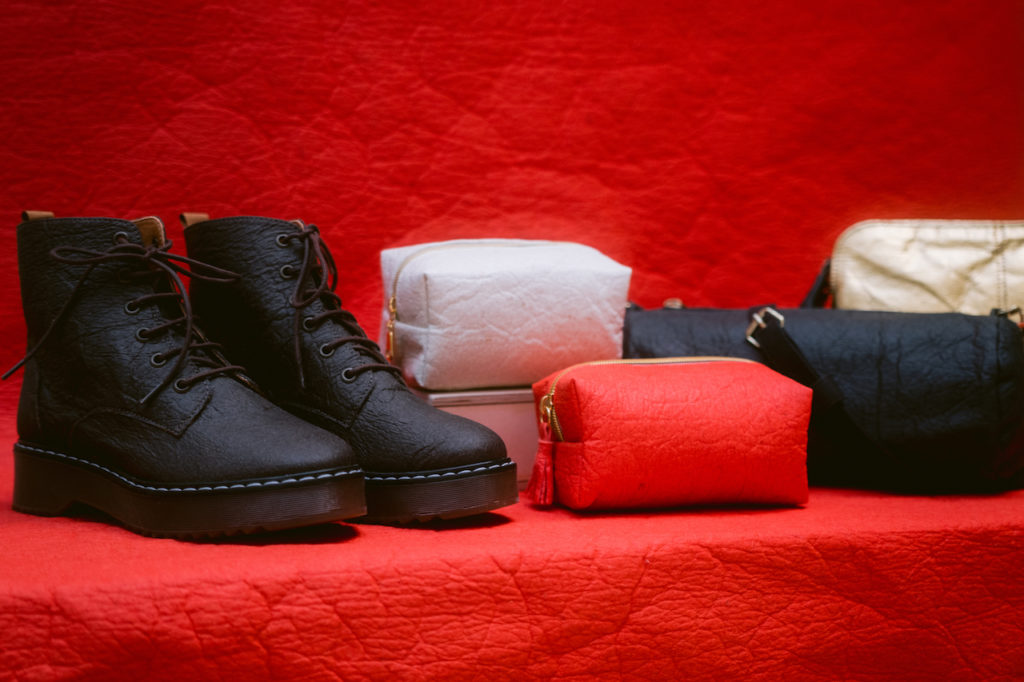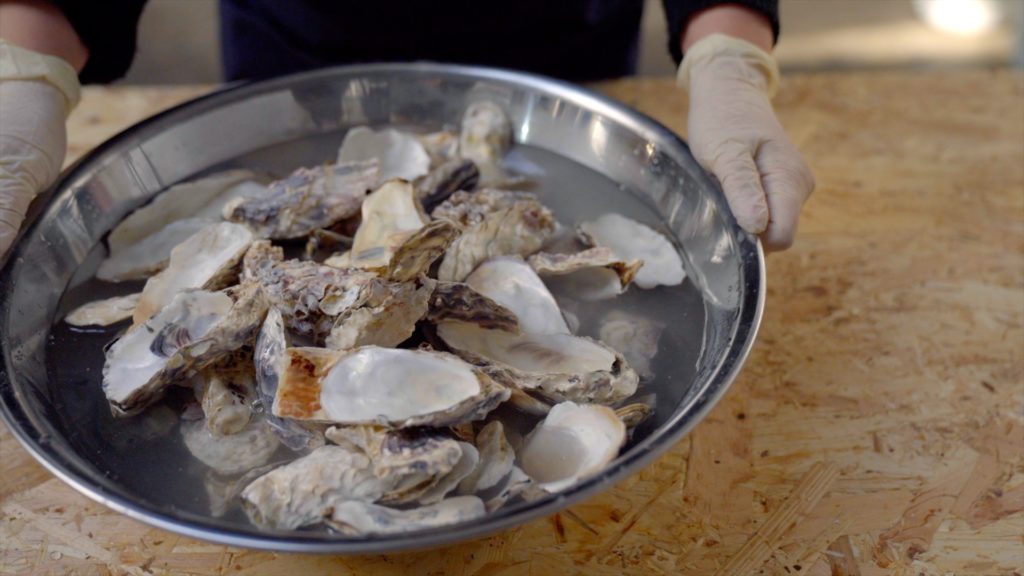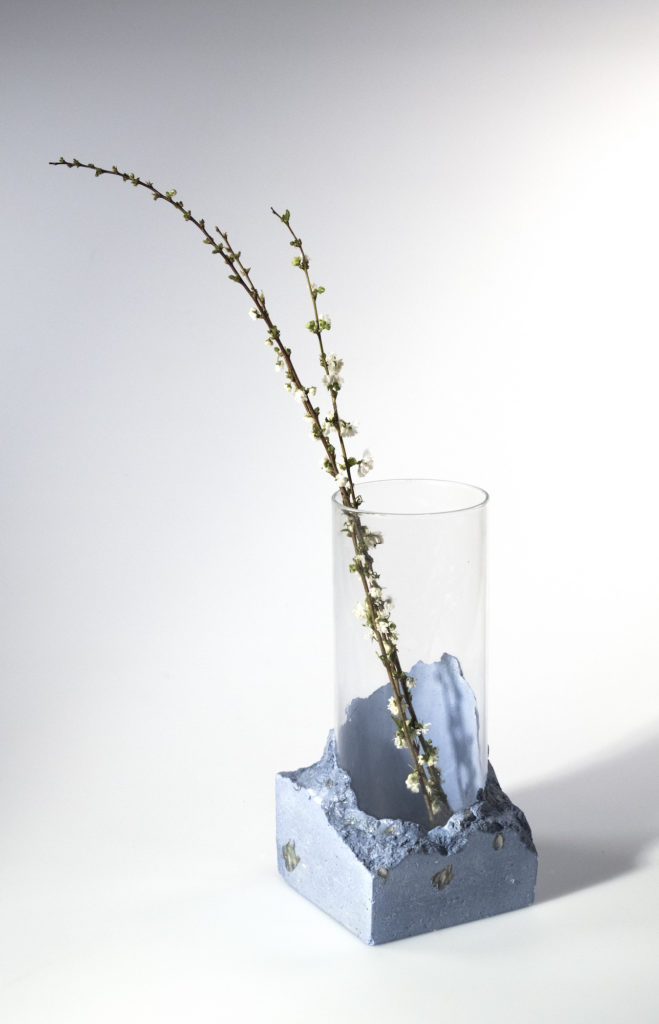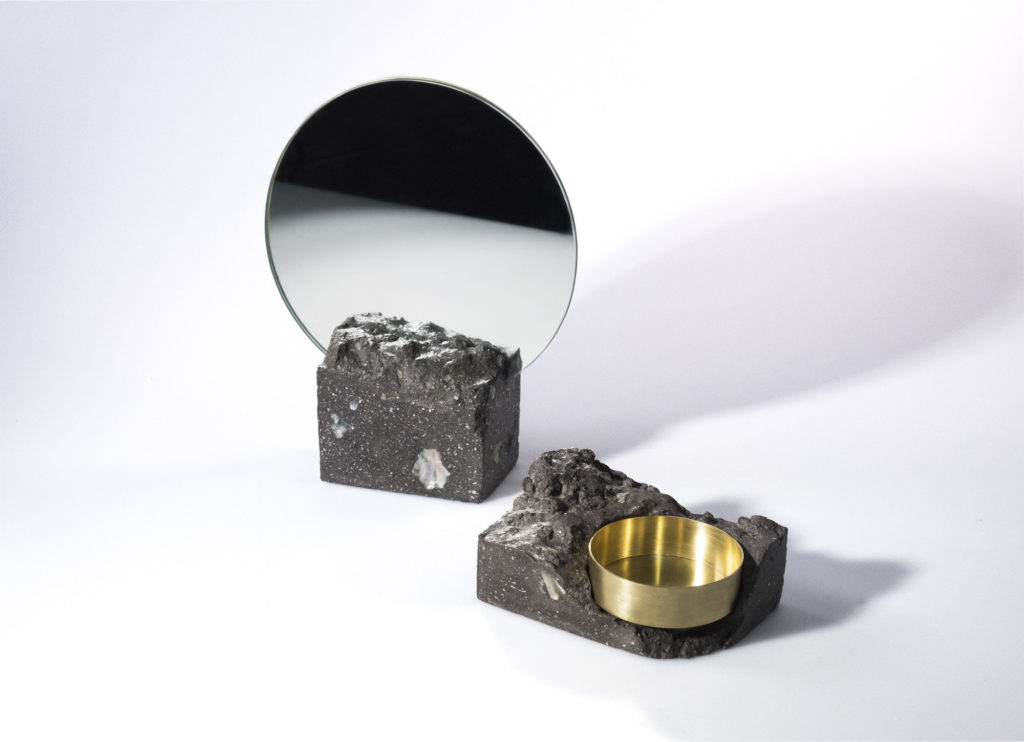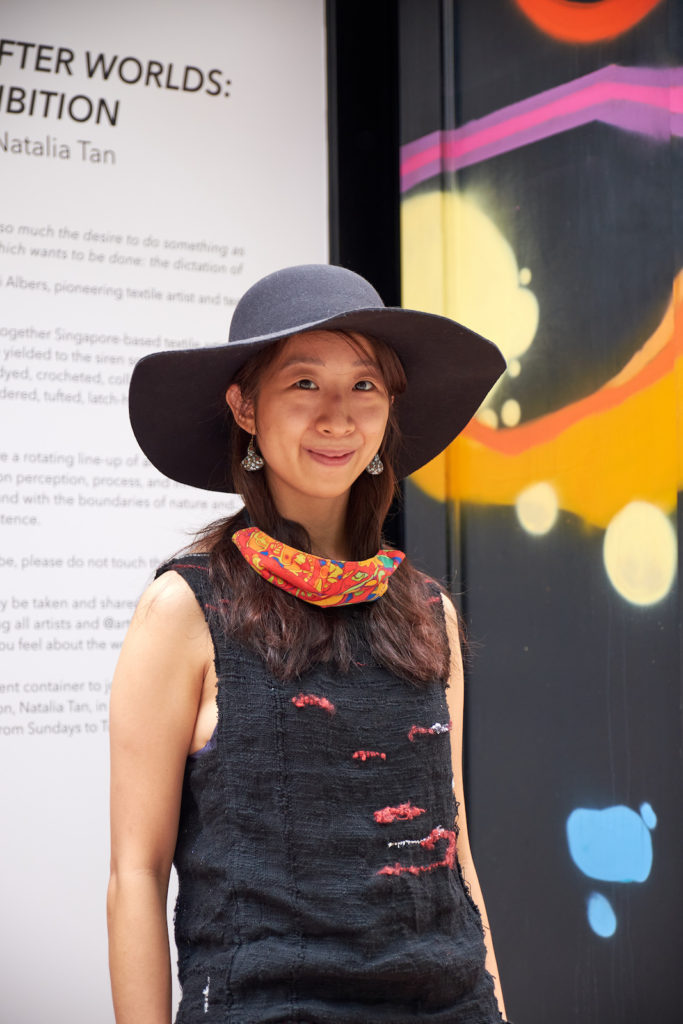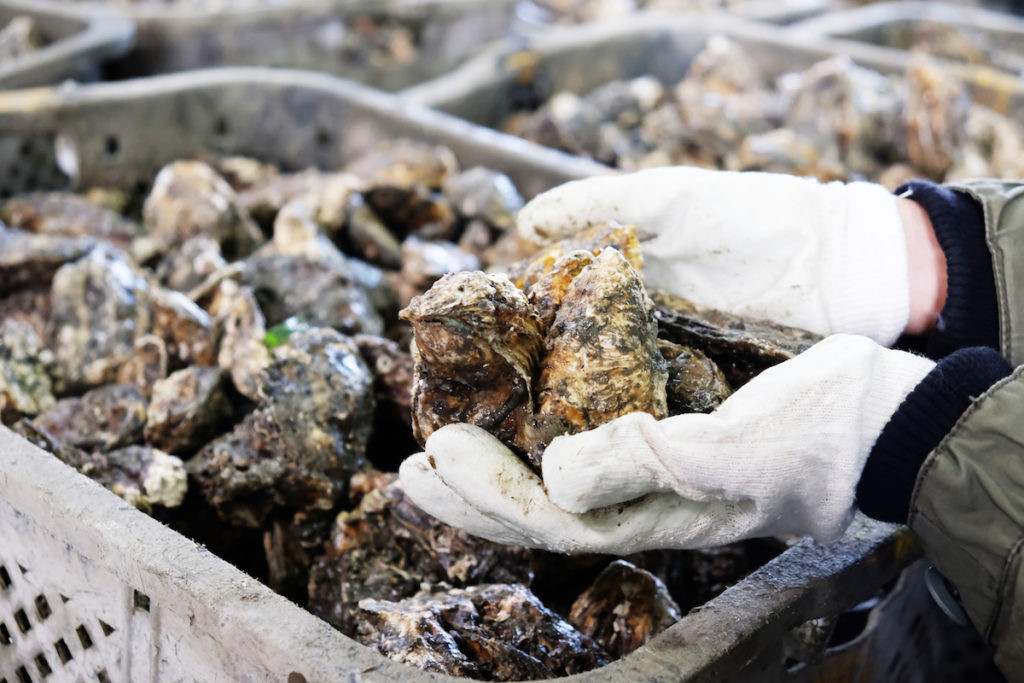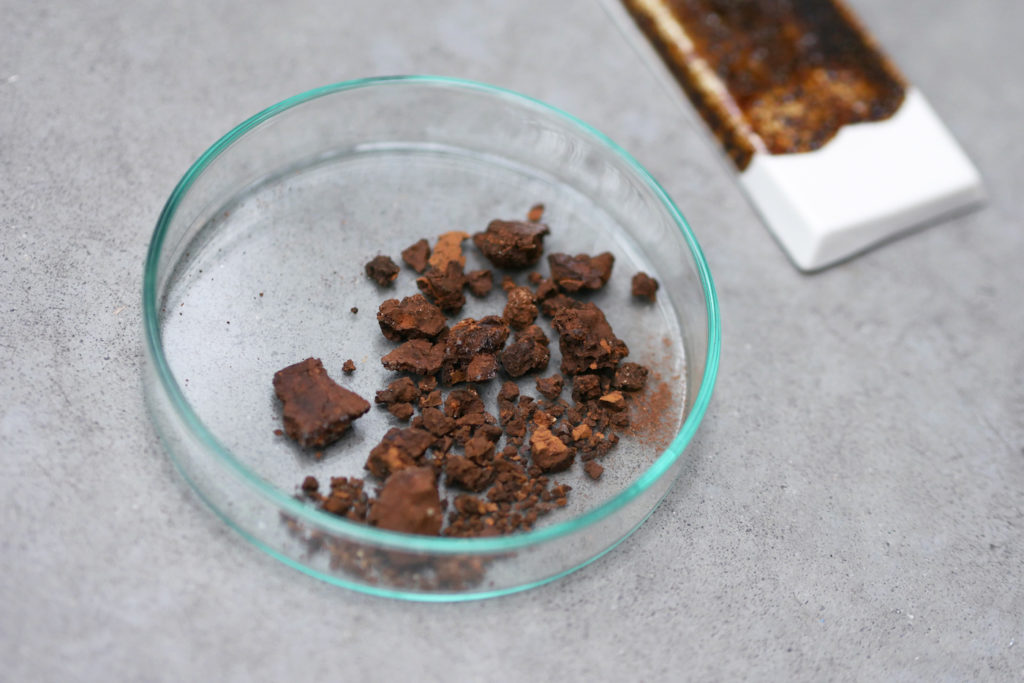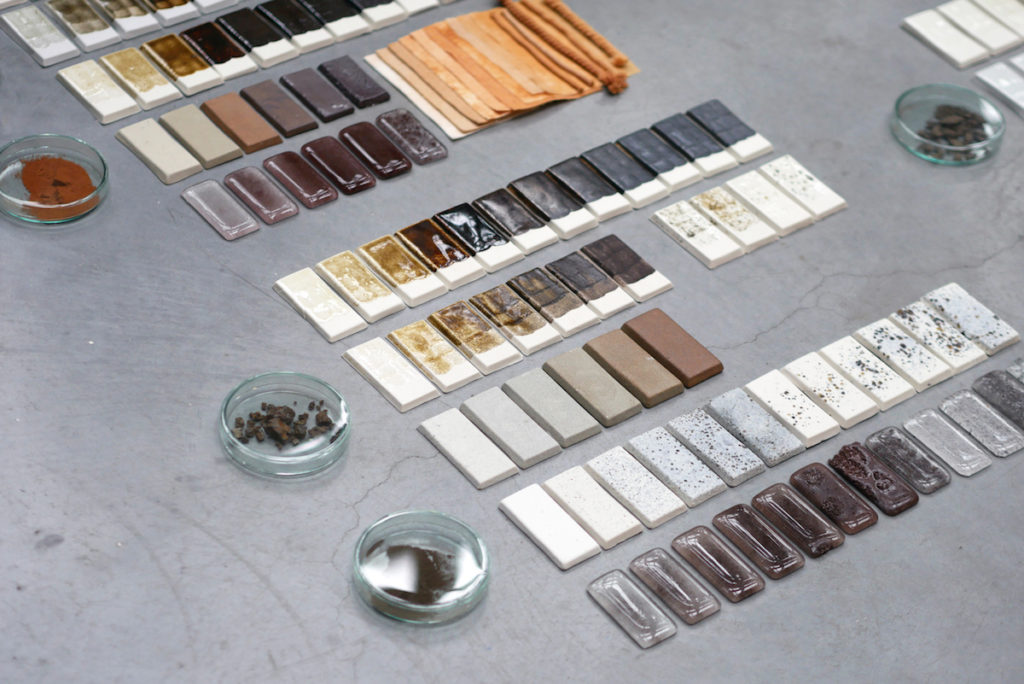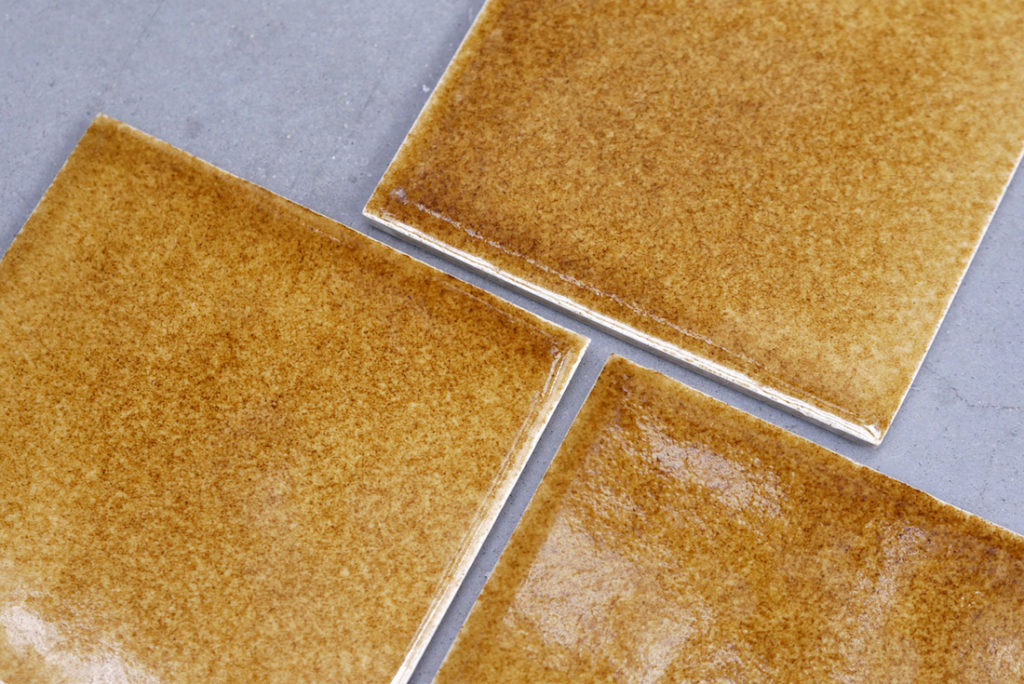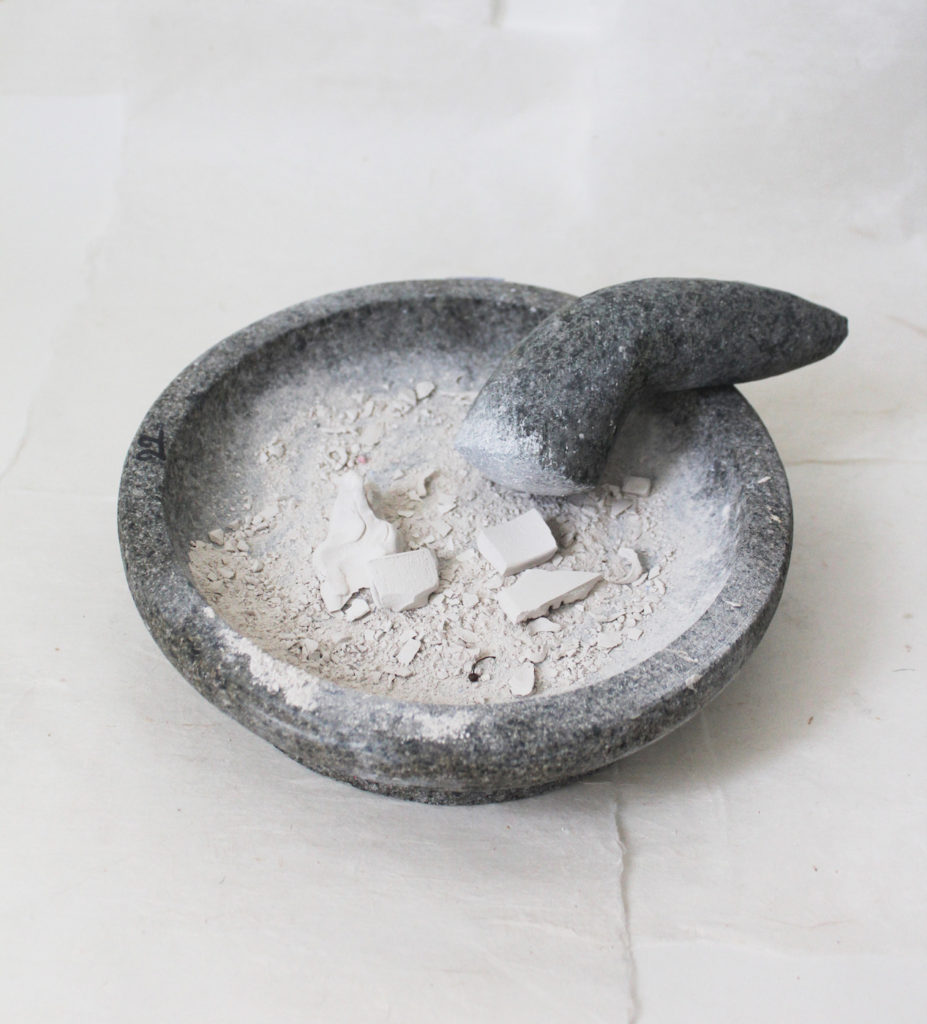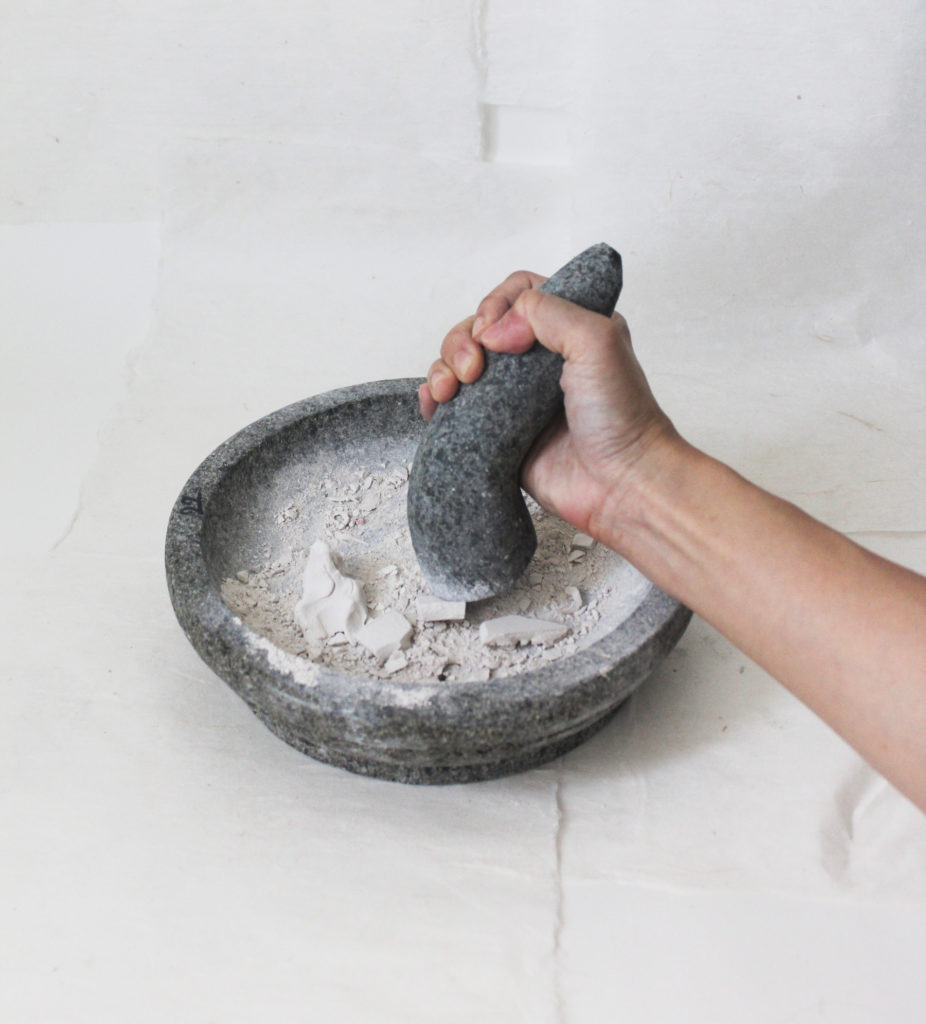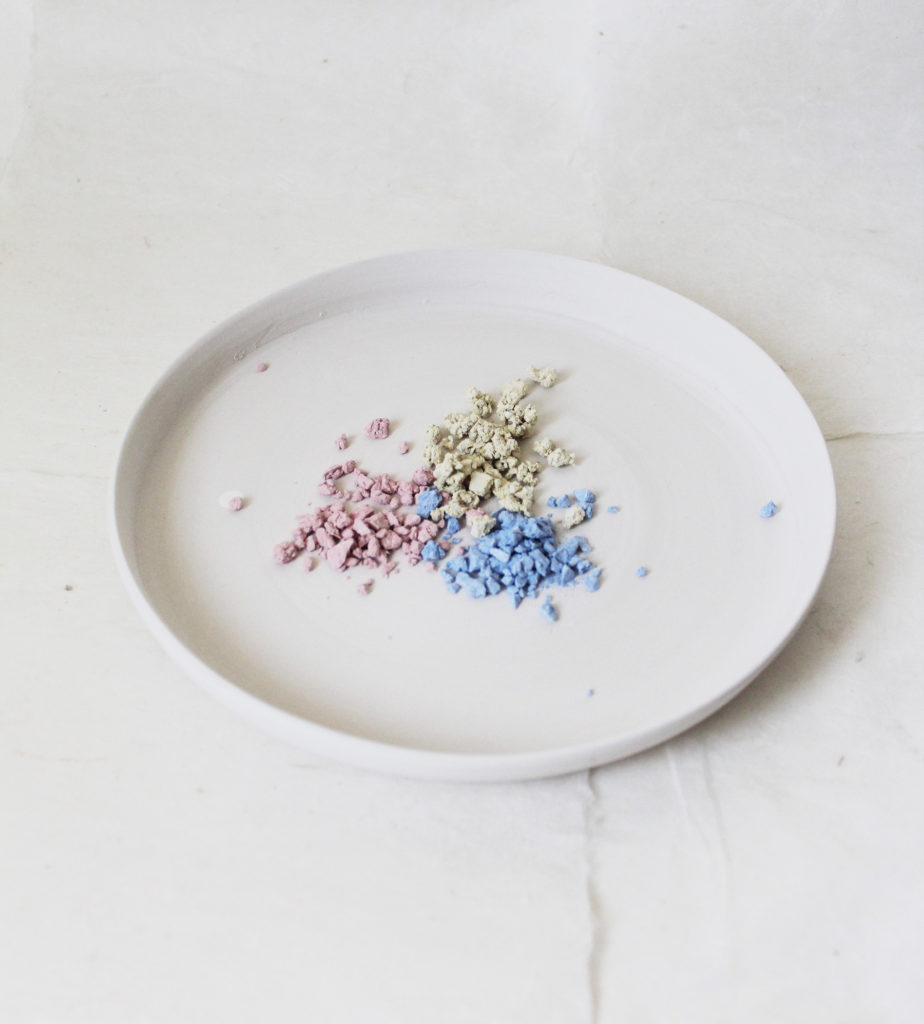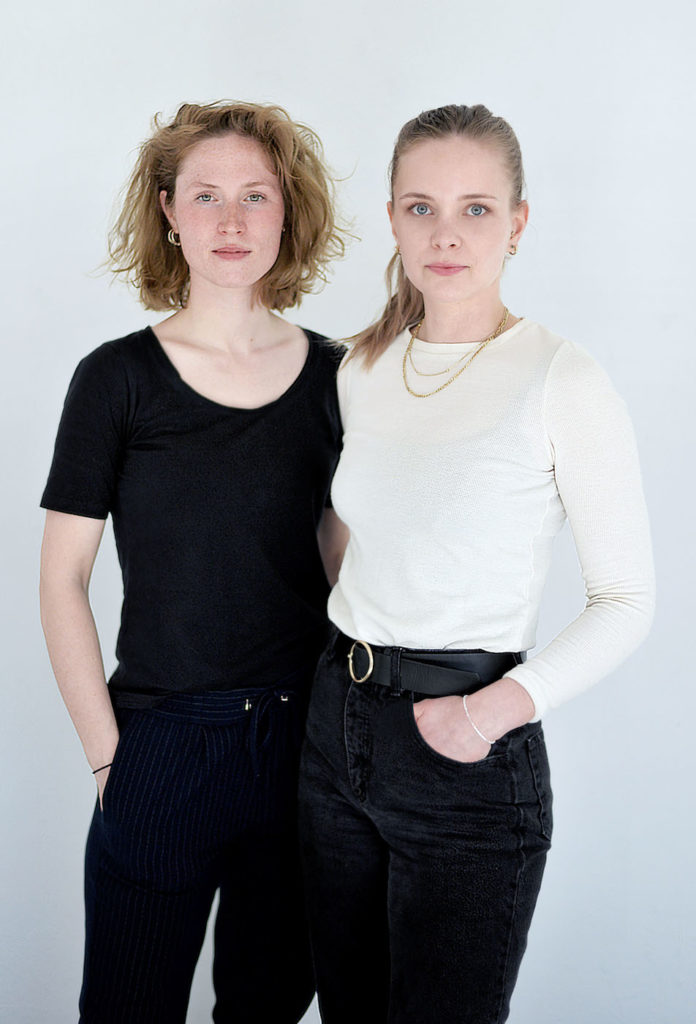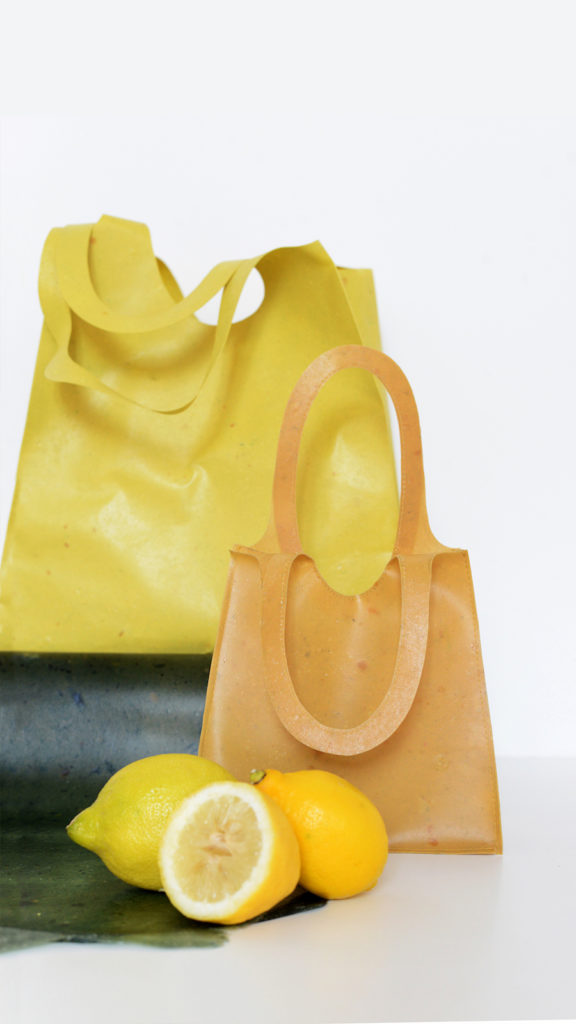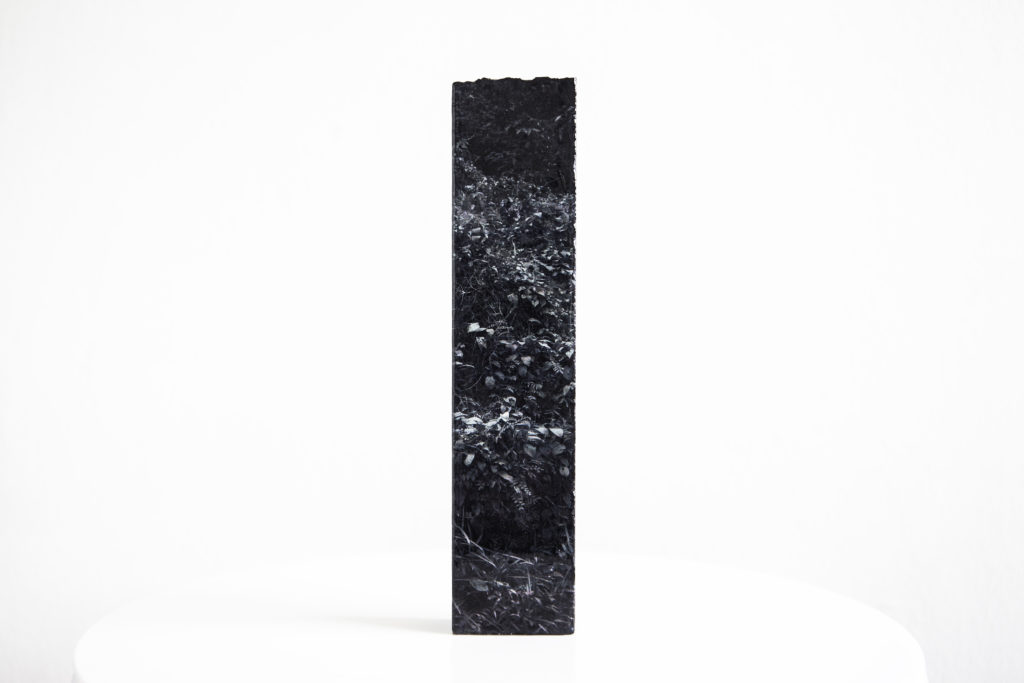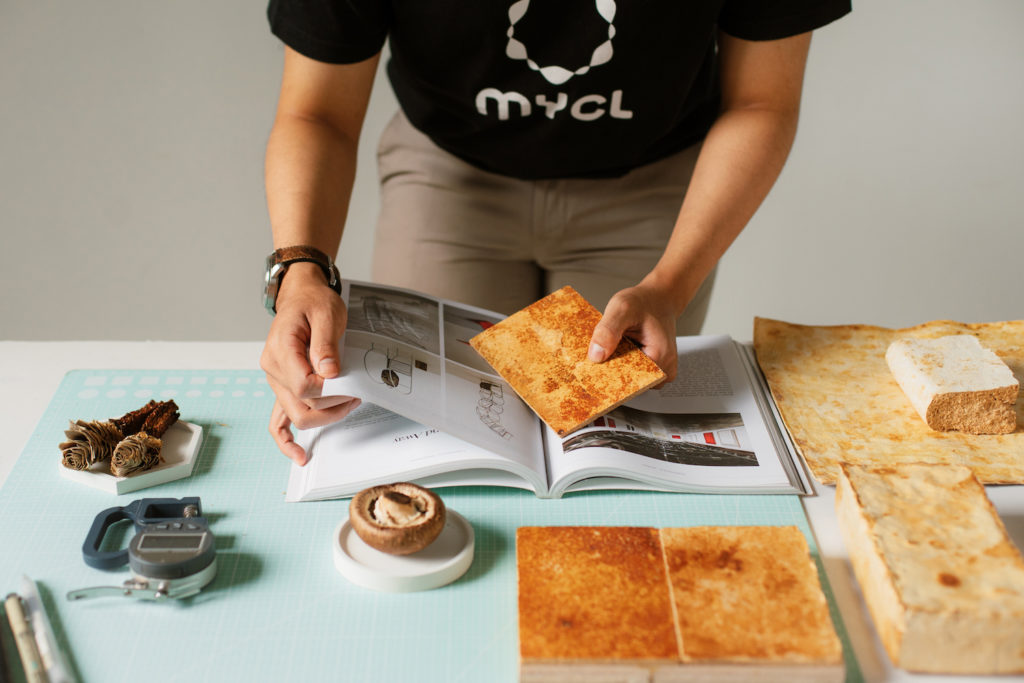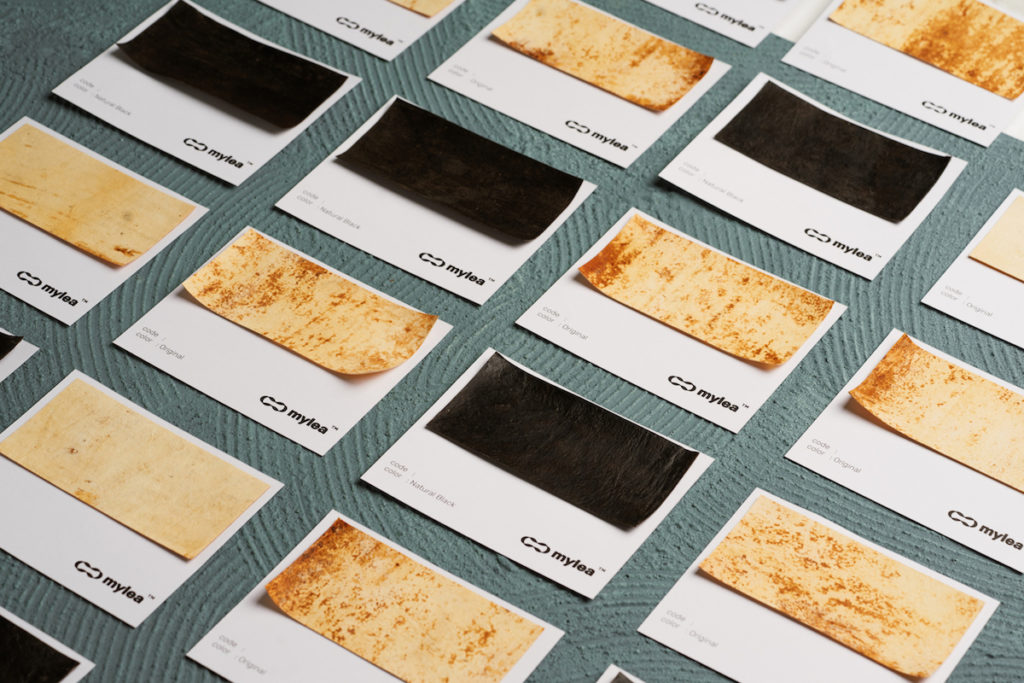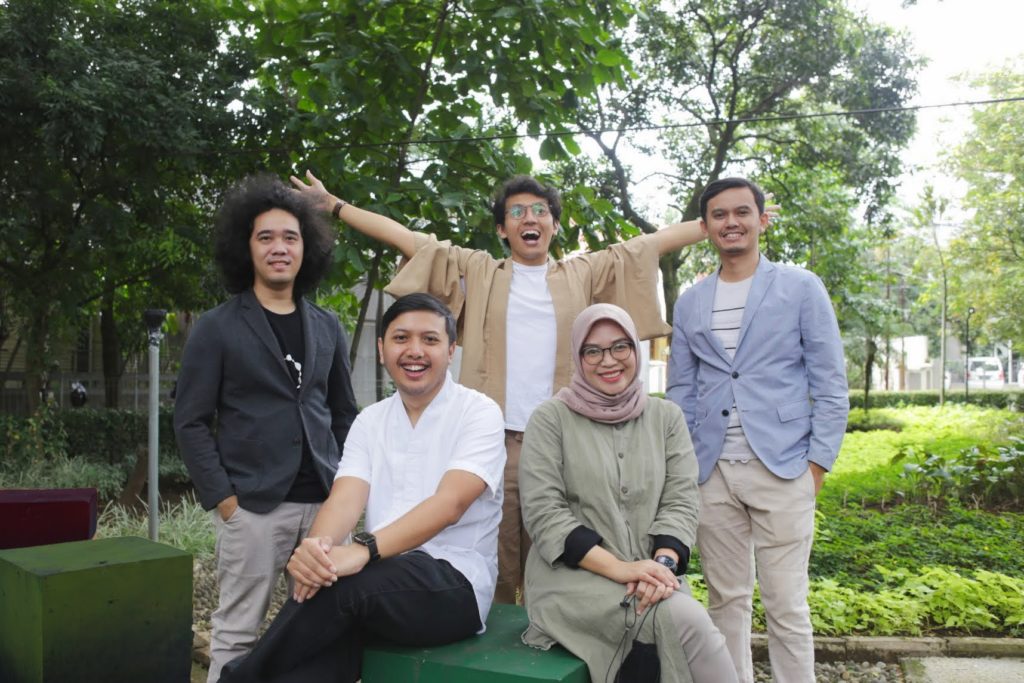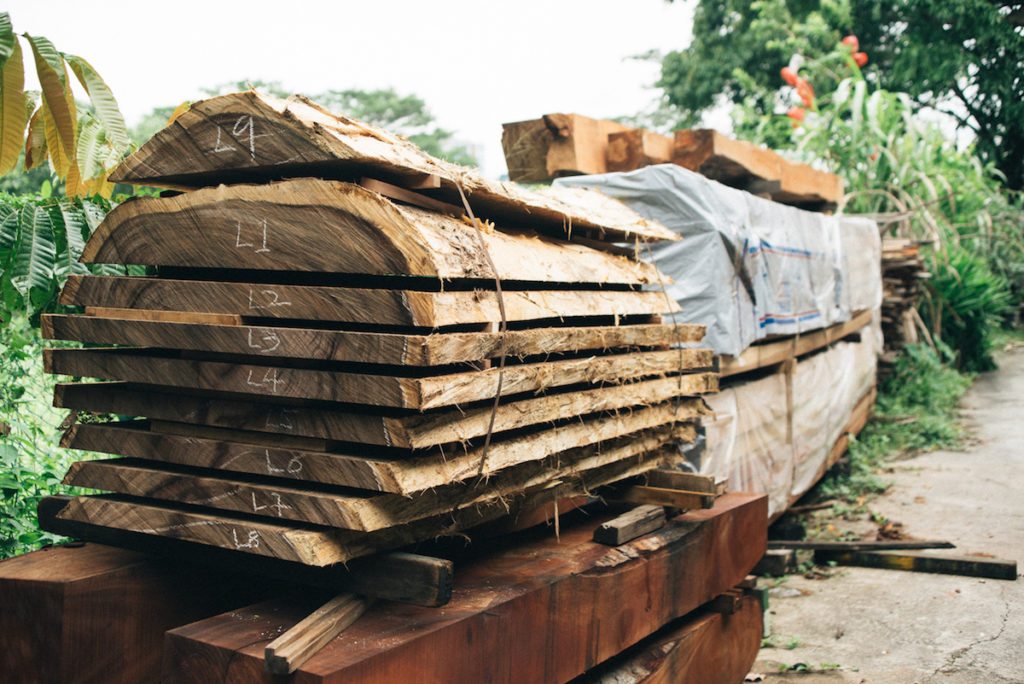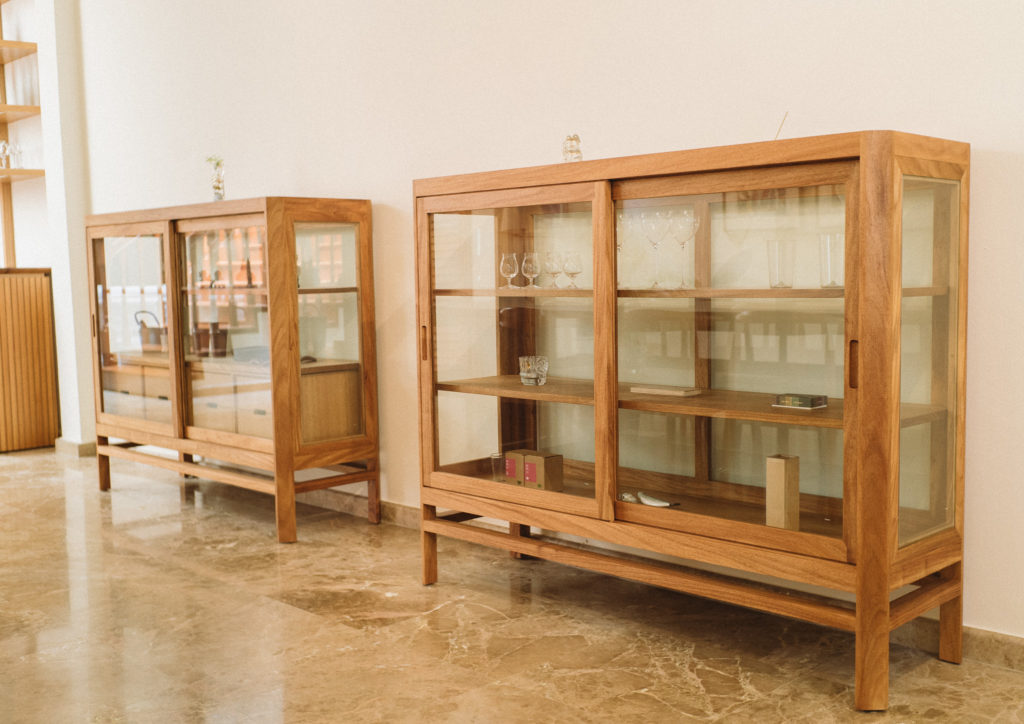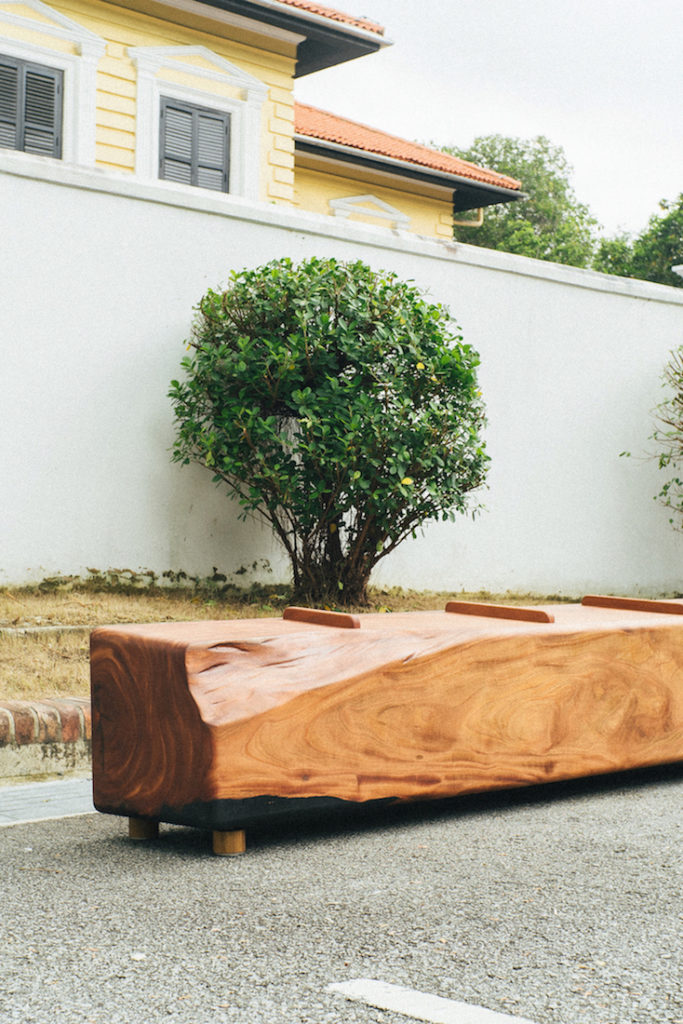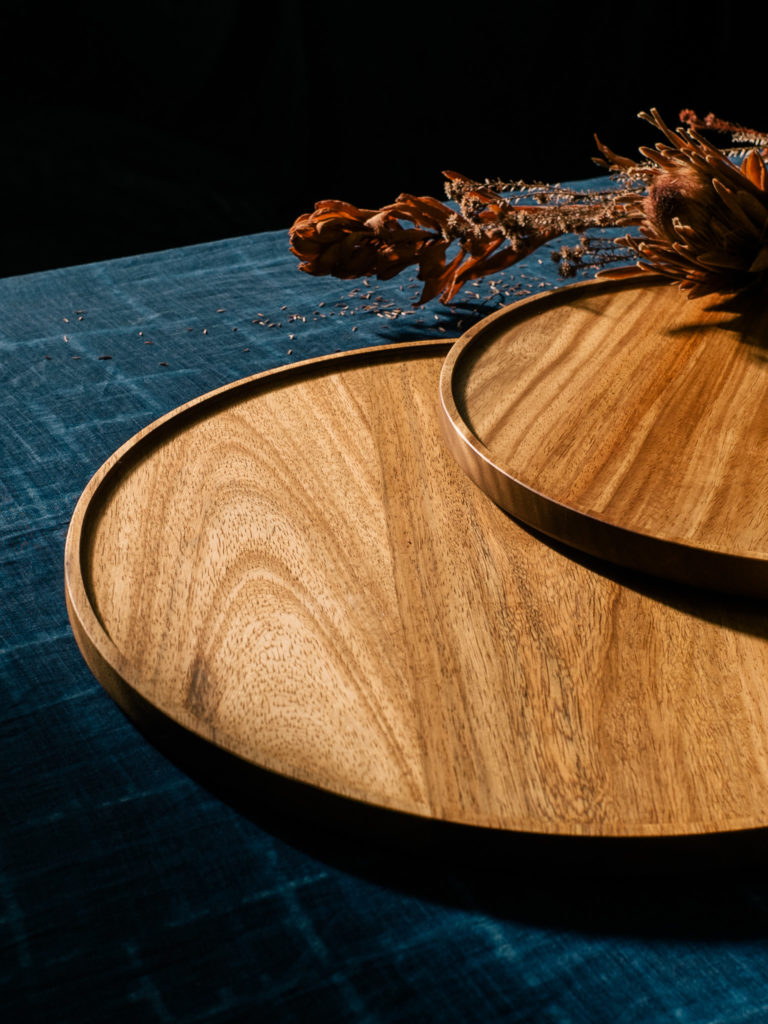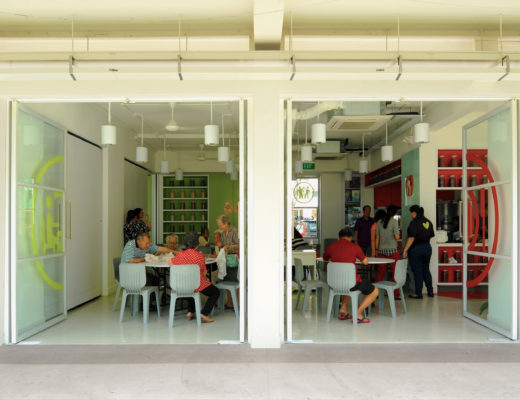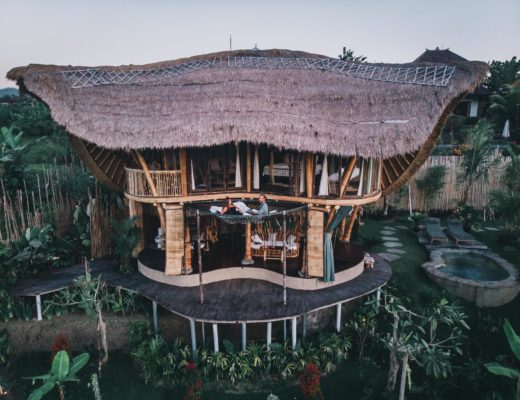The Waste Refinery exhibition at the National Design Centre (NDC) rethinks waste as an abundant resource
Even as overconsumption drives societal behaviour with grave environmental consequences in the form of landfills, a research by the World Bank suggests that more than 2 billion tonnes of municipal solid waste are generated every year, and that is just everyday trash. Add industrial and agricultural waste, and the figure looks terrifyingly enormous. Without urgent action, global waste is set to increase by 70% over the next 30 years.

While countries around the world are investing in resources to to deal with the waste management challenge, the exhibition at the National Design Centre asks a vital question: “What if waste could be reframed, thought of as an abundant resource rather than an unwanted material? What if we design with waste as the starting point, and as an end in itself? What if waste could be made useful and beautiful, re-birthed and given worth?”
Coinciding with the opening of the UN Climate Change Conference (COP26), the Waste Refinery at NDC brings together international and local brands, designers, artists and schools to show how design can help to solve many global issues.
“The designers we chose to showcase, all demonstrate a creative use of waste, transforming it into works/products that are not only beautiful but are designed to be utilitarian and functional too.”
Pann Lim, creative director, Kinetic Singapore
The exhibition, curated by award-winning creative agency Kinetic Singapore, presents groundbreaking ideas by 20 local and international designers and creatives – from acclaimed Japanese designer Kazuhiro Yamanaka to London-based Fash-Tech studio Petit Pli to the students of LASALLE College of the Arts.
“One of the most pressing issues when it comes to sustainability is what can we do with the ‘monster’ – mountains of waste – that we created. The Waste Refinery aims to challenge the perception of waste as unwanted, unusable material. The exhibits here go beyond aesthetics. They demonstrate a utilitarian and functional angle to show that waste can be a truly valuable resource,” says spokesperson and creative director of Kinetic Singapore, Pann Lim.
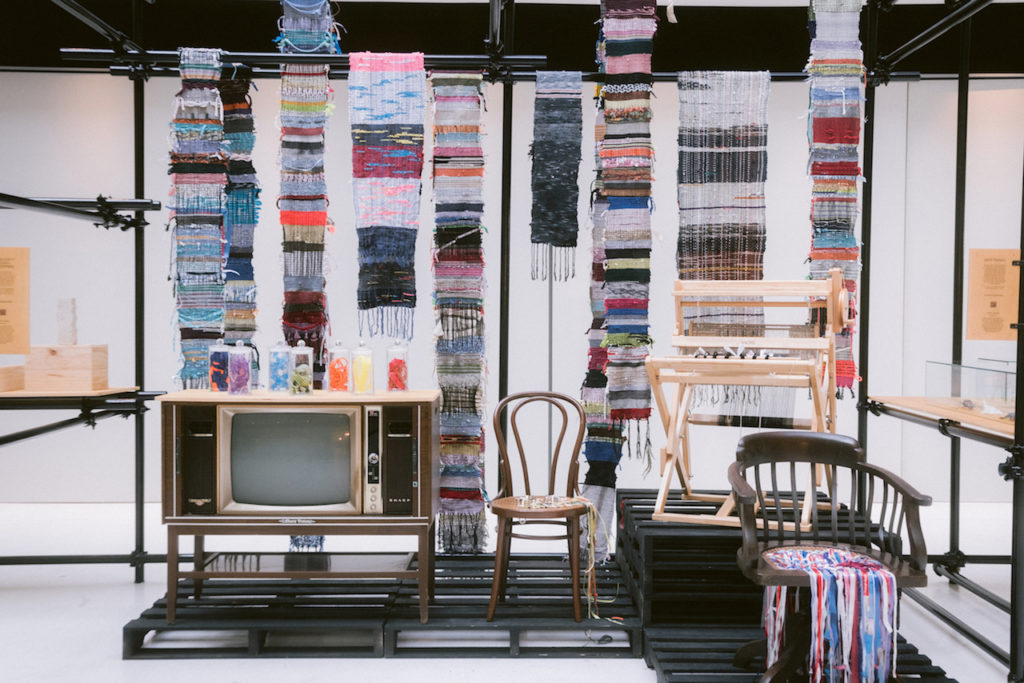
While a lot of ideas can be parlayed into products, one important aspect that Mr Lim considered while selecting the exhibitors for this project was to ensure that it featured a wide variety of approaches, across different disciplines and product types. “As working with waste often requires innovative processes, quite understandably, these projects may not be so quickly and easily scaled up,” he shares.
“So being commercially viable is not a primary concern when picking our exhibitors. The designers we chose to showcase, all demonstrate a creative use of waste, transforming it into works/products that are not only beautiful but are designed to be utilitarian and functional too.”

While the process of working with waste materials comes with its own set of challenges, such as the logistics of procuring the waste materials, or the many rounds of trial-and-error experimentation in the production process, Mr Lim opines that one of the key challenges for designers who want to work with waste/discarded materials is towards the end of the production. “This usually is the point when the designers want to introduce the works/products — how to change consumers’ mindset and make them receptive to these items made from ‘lowly’ waste,” says Mr Lim.
“The Waste Refinery shows how creative ingenuity can benefit communities by diverting waste from landfills and generating new revenue streams, while transforming raw materials into precious objects. We hope that this exhibition at the National Design Centre will inspire visitors to rethink how we prescribe value to objects and aesthetics, and see the endless potential of using design to achieve a more sustainable lifestyle.”
Mark Wee, executive director, DesignSingapore Council
According to the curator, an increase in awareness and more exposure will help to change the perception of consumers towards products made out of waste. “As consumers see more and more items made from waste — and see for themselves that these items are no less well made and beautifully designed — they will become more receptive to the idea,” he suggests. “It also helps that many consumers are now seeking to be more sustainable, in their lifestyle as well as the products they choose. And what can be more sustainable than not letting waste go to waste?”

Among the exhibits are sustainable footwear made from used tyres by Indonesian brand Indosole; playful table tennis bats crafted from recycled plastic by Sydney studio Préssec; a pair of guardian lions grown into shape using mycelium (a natural fungi material of industrial strength) by Mycotech Lab; ceramic vessels glazed with coloured pigments derived from metal mining residue by Lithuanian designer Agne Kucerenkaite; homeware made from renovation and construction waste by homegrown label LAAT; and one-of-a-kind refurbished chairs by popular local second hand furniture store Hock Siong in collaboration with textile studio Soft Studio.
“The ways in which people produce and discard materials as well as unsellable items illustrate a gross neglect of the world we live in. In the midst of this extreme excess, we ask ourselves how can we (create items that) stand the test of time and be befitting to mother earth that needs us? Surely even the world of design can withdraw from its excessiveness,” says interior designer and co-founder of LAAT, Cherin Tan, on why she works with waste.
During its run from November 2021 till January 2022, The Waste Refinery will be complemented by an online campaign to spark conversations about waste. This will take the form of tutorials on transforming waste into items of value and beauty, and contests on social media.
THE EXHIBITORS AND THEIR PROJECTS
I Walked A Landscape With My Fingers (Singapore)

Inspired by various terrains and geographical landforms, this explorative project incorporates various personal keepsakes that do not serve any function, yet are too precious to throw. By doing so, the work aims to highlight the thin line between ‘trash’ and ‘treasure’, with the ‘worthless’ given value and a second life. The brain behind the project is Kelly Limerick or Kllylmrck, a self-taught textile artist. Often creating without a sketch or fixed design, she has stretched this traditional craft beyond predictable patterns and challenges the notion of crochet being a ‘granny craft’. Her work ranges from soft sculptures, textile hangings, installations, and an exploration of assemblages.
Clothes That Grow (Britain)
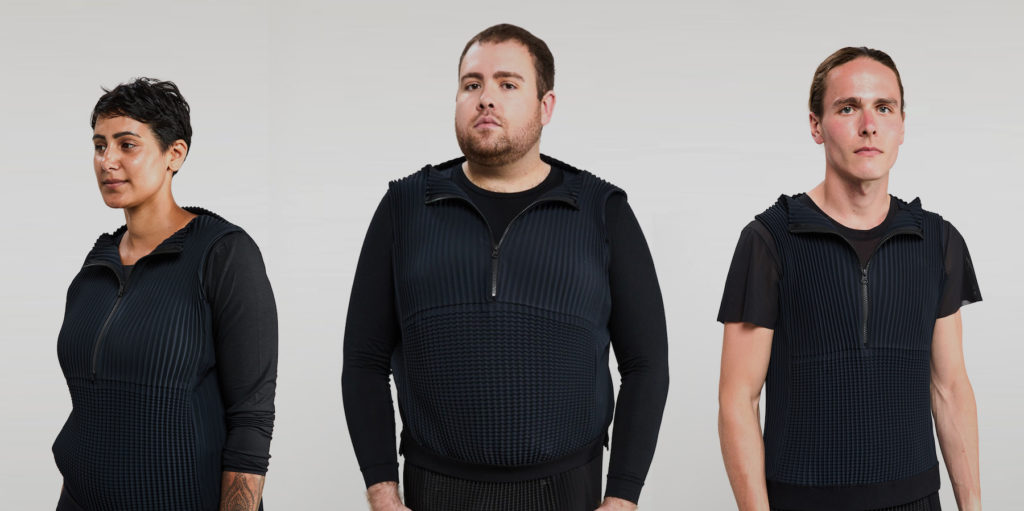
In their first two years alone, children grow through seven sizes of clothing. Breaking this wasteful cycle of discarding outgrown clothes and buying new ones, Petit Pli garments offer extended use by growing with the child with garments that expand as you grow – up to seven times the original size. Made with 100% recycled polyester derived from plastic bottles and using monofibre construction, these clothes can be easily recycled at the end of their use. The range has since grown to include adaptive garments for adults too.
Petit Pli is a material innovation and Fash-Tech start-up founded by aeronautical engineer Ryan Mario Yasin. Guided by the ethos of circular design, this London- based studio sets out to create more sustainable clothing by eliminating waste every step of the way: from how a garment is made, to the way it is used, as well as after its use.
Striped Ming (Singapore)
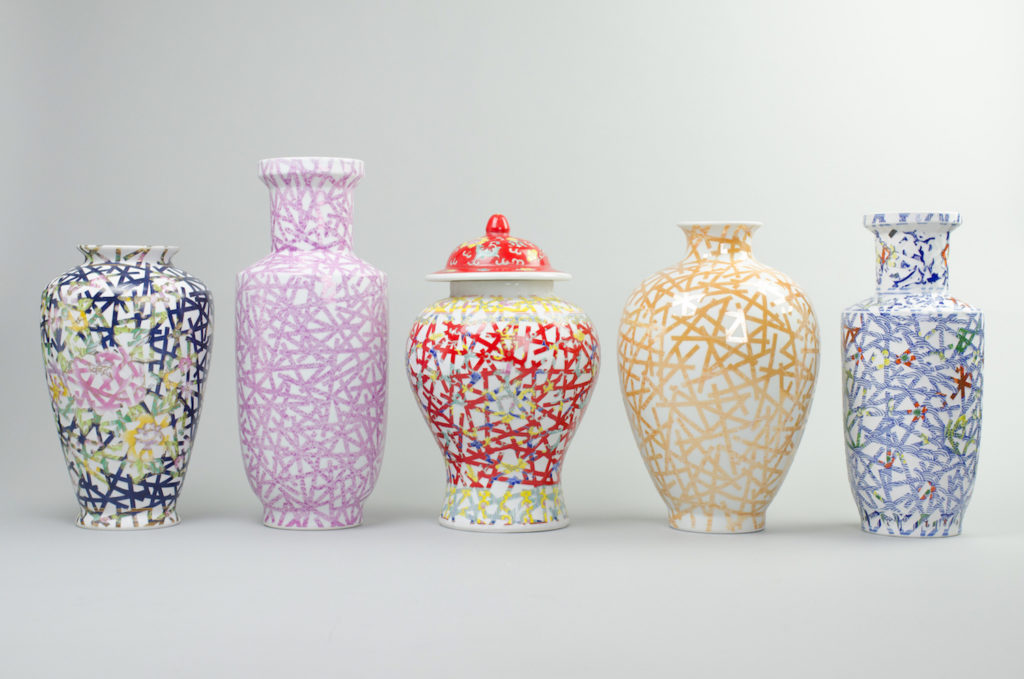
The porcelain vessels of this collection are sourced from old shops and thrift stores. Once decorative and sought after, shifts in aesthetics have rendered them kitschy and old-fashioned, left on dusty shelves as dead stock. Using a resist-blasting technique, parts of the original glaze are taken off to create new contemporary motifs. The process revitalises these outdated porcelain pieces, resuscitating their value by imbuing them with a renewed aesthetic experience.
The project is conceptualised by Hans Tan, an acclaimed designer and educator whose work walks a fine line between design, craft and art. His practice deploys design as medium while maintaining a keen focus on developing materials and processes. His narratives comment on design and its industry as a phenomenon, especially in the context of heritage, consumption and waste.
Radical Plastics (Indonesia)
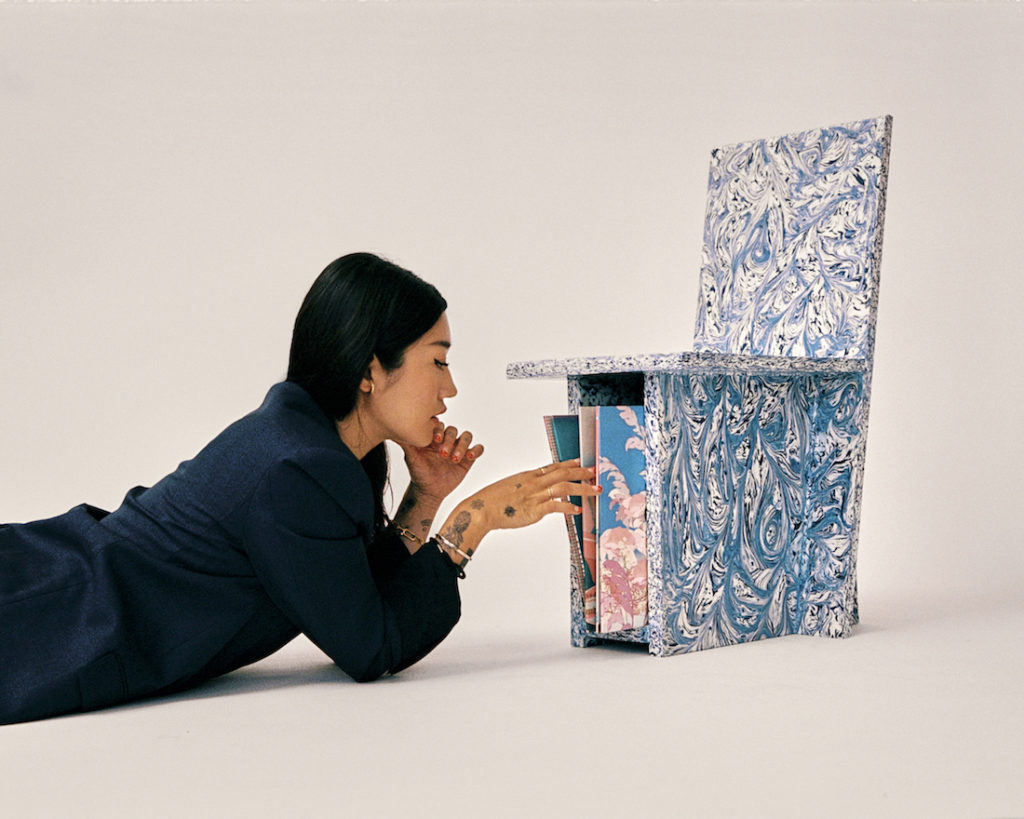
Focused on how the plastic crisis is one of our most pressing environmental issues and believing that design and creative collaboration can be a vehicle for change, Space Available uses plastic waste to create new circular products in Radical Plastics. Items on display include the Peggy Chair, designed in collaboration with South Korean DJ Peggy Gou, which is made with over 20kg of plastic saved from landfills, rivers and the ocean; the Meditation Chair; and the Artisan Chair. The Meditation Chair is part of a series of woven chairs made with plastic strips derived from waste in the ocean; Artisan Chair is similarly created out of plastic waste before being handwoven by a Balinese master weaver Nano Uhero on a bamboo frame.
Led by a global community of designers, artists, scientists and environmentalists, Indonesia-based Space Available is a creative platform on a mission to build a sustainable future, connecting the dots between nature, design and culture. Their holistic approach involves bio innovation, radical recycling of waste, future craft and digital communications for the new world.
The Ink-Surrection Series (Singapore)
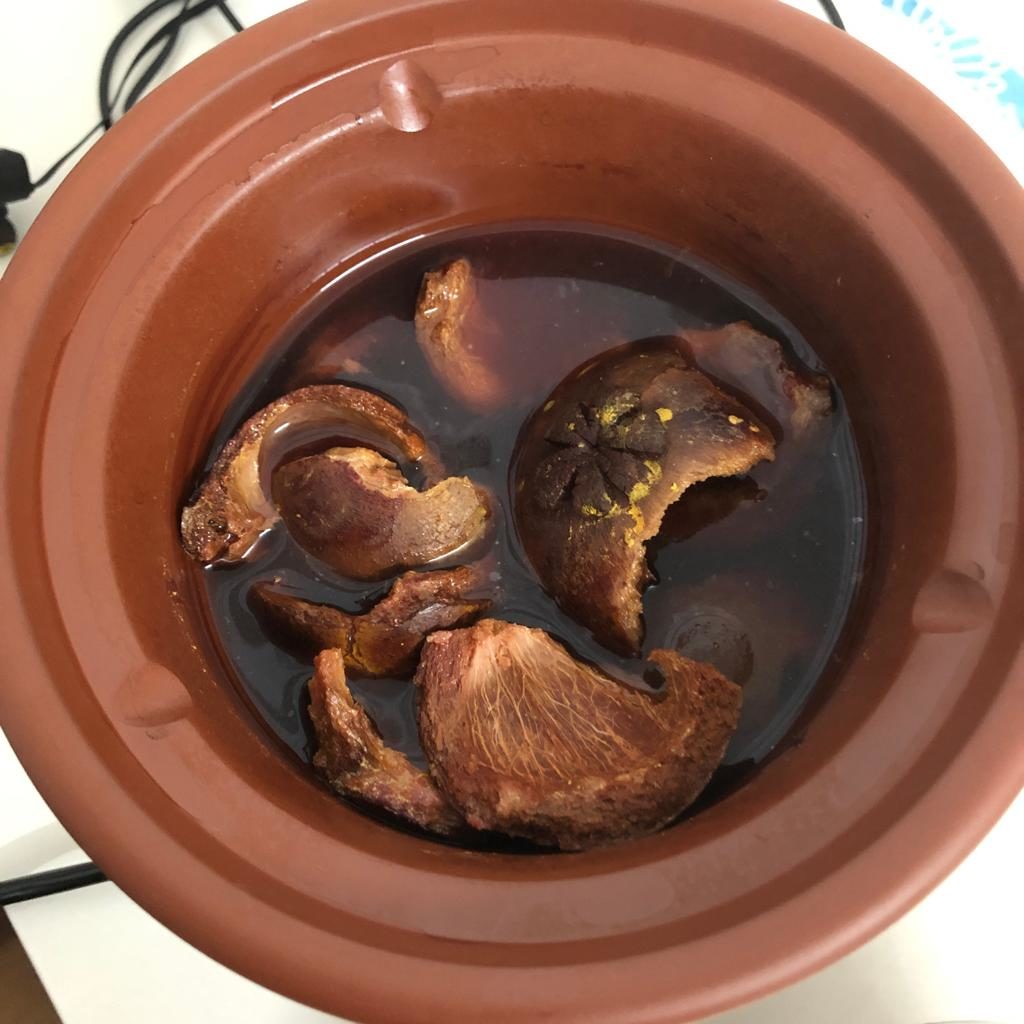
This project looks into the resurrection of things commonly discarded such as fruit peels, fallen leaves and flowers, and wood shavings. Combining traditional knowledge of extracting colours from nature and their research on making paints, Wild Dot revives these materials and extends their lifespan by turning them into water colours and inks for artmaking, opening the eye to the creative and aesthetic potential of waste.
A botanical ink-making studio that specialises in making paints and artworks with natural pigments, Wild Dot is inspired by the abundance of local material, particularly in natural landscapes. Through their craft, they aim to bridge artmaking and nature education, and to demonstrate how waste can be as a source of creative inspiration.
Pong (Australia)
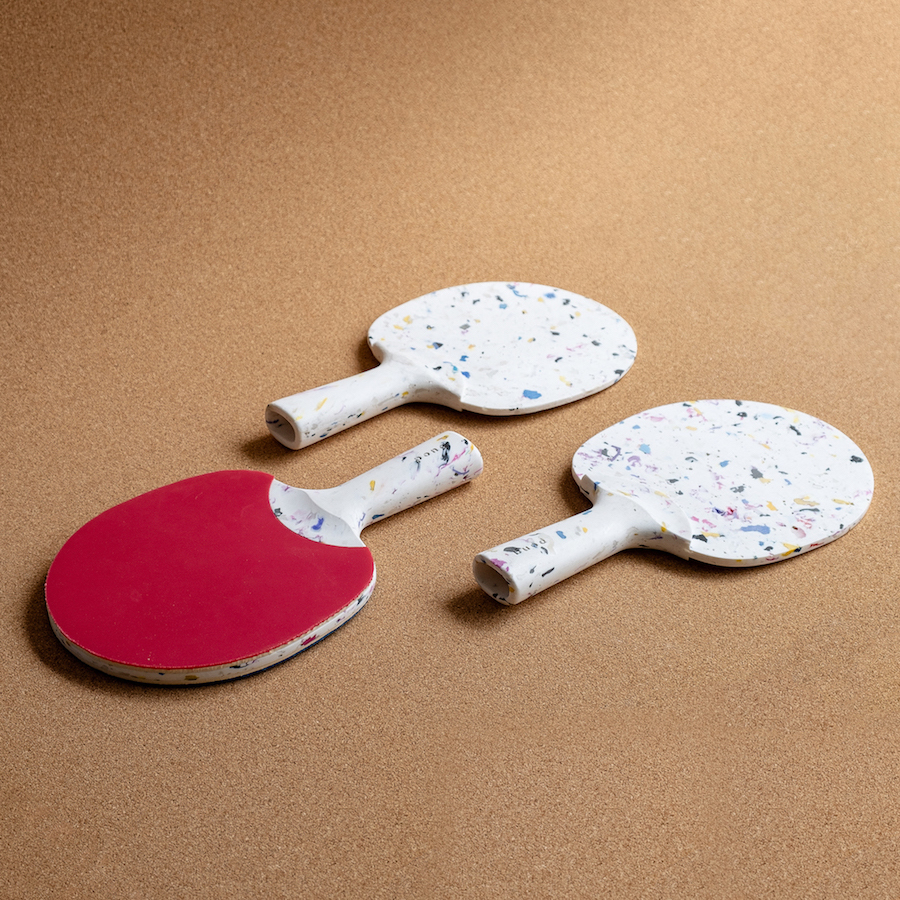
What started as a weekly design challenge turned into a desire to make the render real. Pong table tennis bats are crafted from sheets of terrazzo-like recycled plastic. These are made from plastic waste, with coloured plastics artfully interspersed on whites for popping effect. Improving on the conventional three-layer construction which uses more materials and energy, the Pong bat features a streamlined design and is produced as a single piece. The handle is also hollowed out to make the bat lighter.
Industrial designers Sam Weise and Cristina Borràs are the playful duo behind Sydney studio Préssec. Their passion lies in bringing design to life by making things – in essence, making ideas tangible.
Monolith (Singapore)
European marble offcuts collected from factories, unused mild steel and panels of mirrors from contractors are composed into abstract geometric homeware finished with raw concrete. These pieces are not only an exercise in upcycling, they hold a mirror up to the excessive and careless ways in which we produce and discard materials and items.

LAAT is a collaboration between interior designer Cherin Tan and multi-disciplinary artist Alvin Tan. With “purpose to repurpose” as a maxim to drive their designs, they give waste materials renewed life by repurposing them into one-of-a-kind artworks of furniture pieces and lifestyle objects.
Piñatex (Philippines)
Each year, an estimated 76 million tonnes of pineapple leaves are left as waste by the pineapple industry. Piñatex is a natural textile made from this agricultural by-product that would otherwise be burned or discarded. With a supple leather-like texture and finish, this innovative material is envisioned as a sustainable and cruelty-free alternative for use in fashion, accessories, upholstery and more.
Hailing from the Philippines, Ananas Anam combines research and innovation to enhance the well-being of the earth and its people throughout the entire life cycle of the product. It supports local communities by working directly with farming cooperatives to create an additional stream of income for pineapple farmers in the Philippines.
Mottainai! (Singapore)

Damaged, discarded old chairs take the spotlight in a stand against the throwaway ethos of the modern world. Instead of hiding the flaws, each chair is visibly mended with brightly coloured yarn that is salvaged from discarded textiles and other waste materials. Just like how every scar on a body tells a personal story, each stitching in this artistic repair pays tribute to history and the process of creative renewal. This project is a collaborative effort by Soft Studio and Hock Siong.
What started out as a karung guni (rag-and-bone) business has evolved to become a second-hand furniture specialist retailing and trading pre-used homeware. Other than the salvage of such items, they are also proponents of upcycling, often refurbishing furniture to extend their longevity and use.
Sea Stone (South Korea)
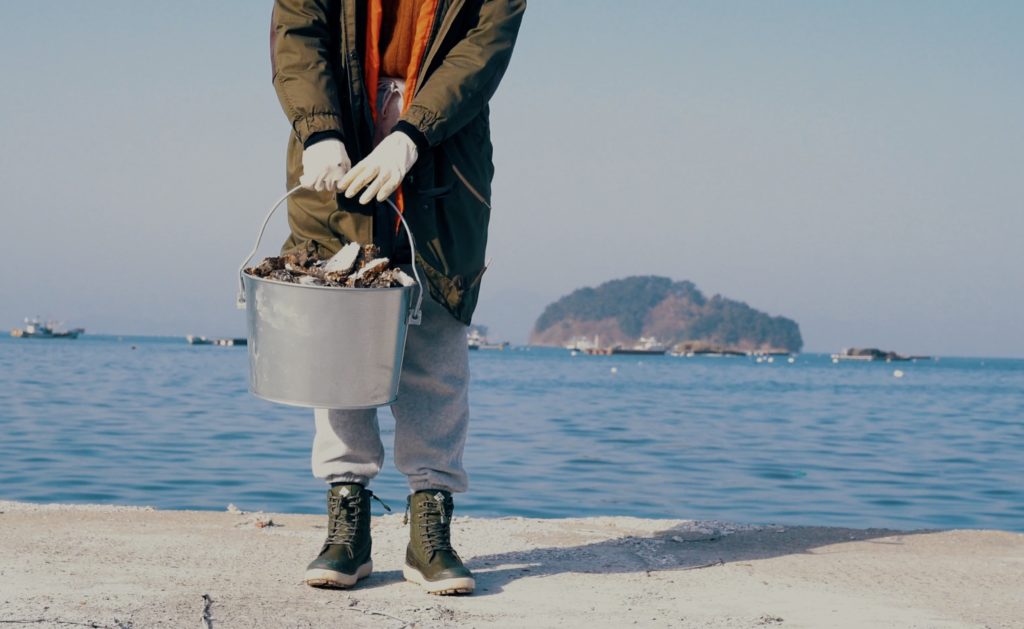
Similar to limestone used for cement, seashells are mainly composed of calcium carbonate. Yet every year, 7 million tons of shells are discarded by the seafood industry and aquaculture. Even though some are recycled or used as fertiliser, most end up in landfills or are left as litter by the seaside. In Project Sea Stone, Newtab-22 puts this waste to good use. The seashells are ground by hand, avoiding the use of heat and electricity to minimise carbon footprint. The shell powder is then transformed into unique homeware that is equal parts form and function.

Based in Seoul, Newtab-22 is a material-led design studio started by Hyein Choi and Jihee Moon. The duo is interested in exploring new, natural, and overlooked materials. Coupling innovative approaches with an eye for the aesthetically pleasing, they hope to bring attention to the issue of sustainability through their work.
Community-Woven Tapestries (Singapore)
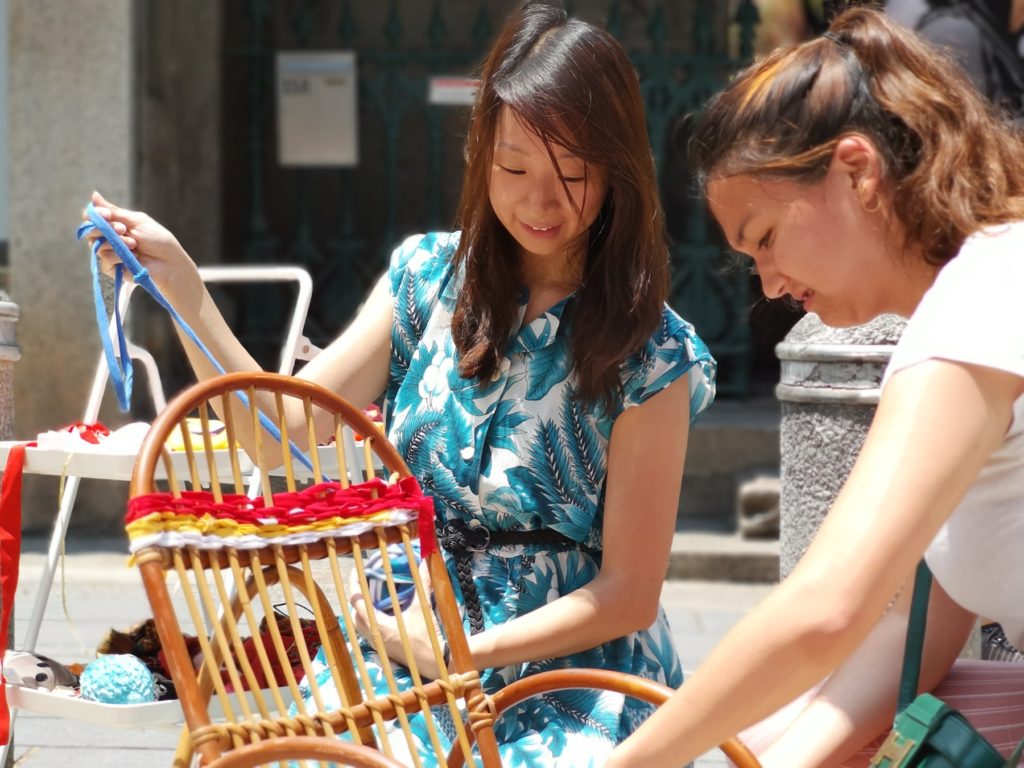
These eclectic tapestries were collectively woven by visitors on a wooden floor loom in a pop-up free-weaving studio under the guidance of artist-curator Natalia Tan. Using materials like discarded clothing and plastic packaging, the tapestries put waste to work as they celebrate the joy of weaving and community. These artworks were created during Art Encounters: Into Softer Worlds presented by Art Outreach and Marina Central from May to June 2021.
Founded by artist and curator Natalia Tan, Soft Studio creates art experiences that invite people to touch, connect, and play. Working with care and curiosity, the studio honours traditions, communities and our natural world while building a contemporary language of craft and celebrating all that is tactile, spontaneous, and healing.
Ignorance Is Bliss (Lithuania)
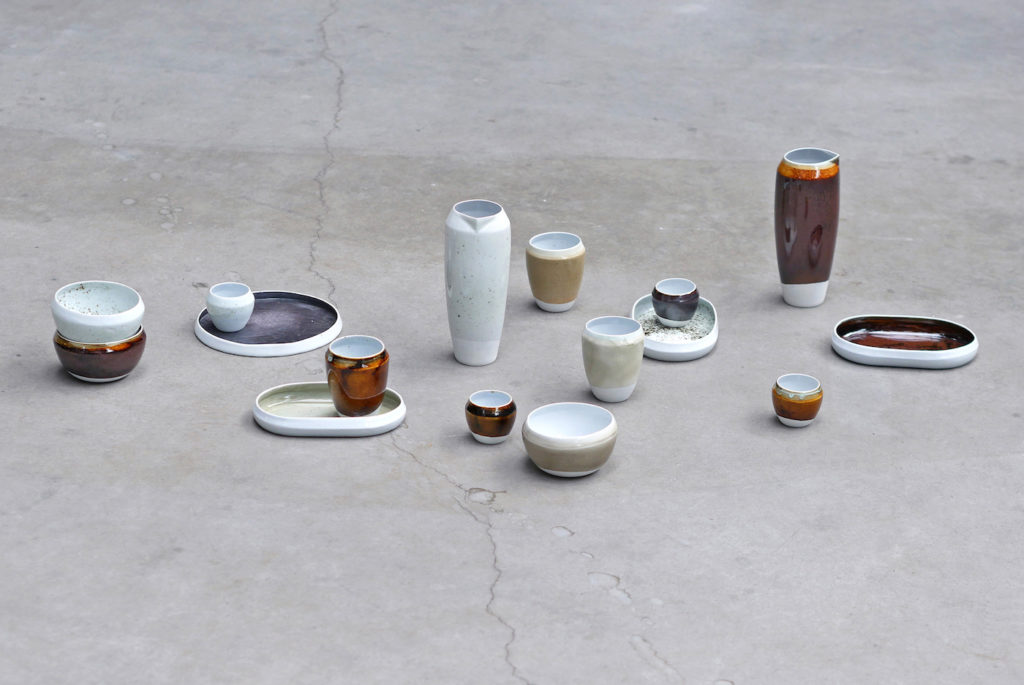
The coloured glazes for the ceramic collection are solely derived from the metals found in the industrial residues. Thousands of tonnes of residue a year are produced due to metal mining and its excessive processing. In an effort to find a use for this byproduct, Agne Kucerenkaite has developed colour pigments from this waste.
A material designer from Lithuania, Agne Kucerenkaite is currently based in the Netherlands. She works with raw materials and waste, transforming them into valuable products, methods and systems, seeking interaction between design, society, industry and environment.
Confetti Rocks (Singapore)
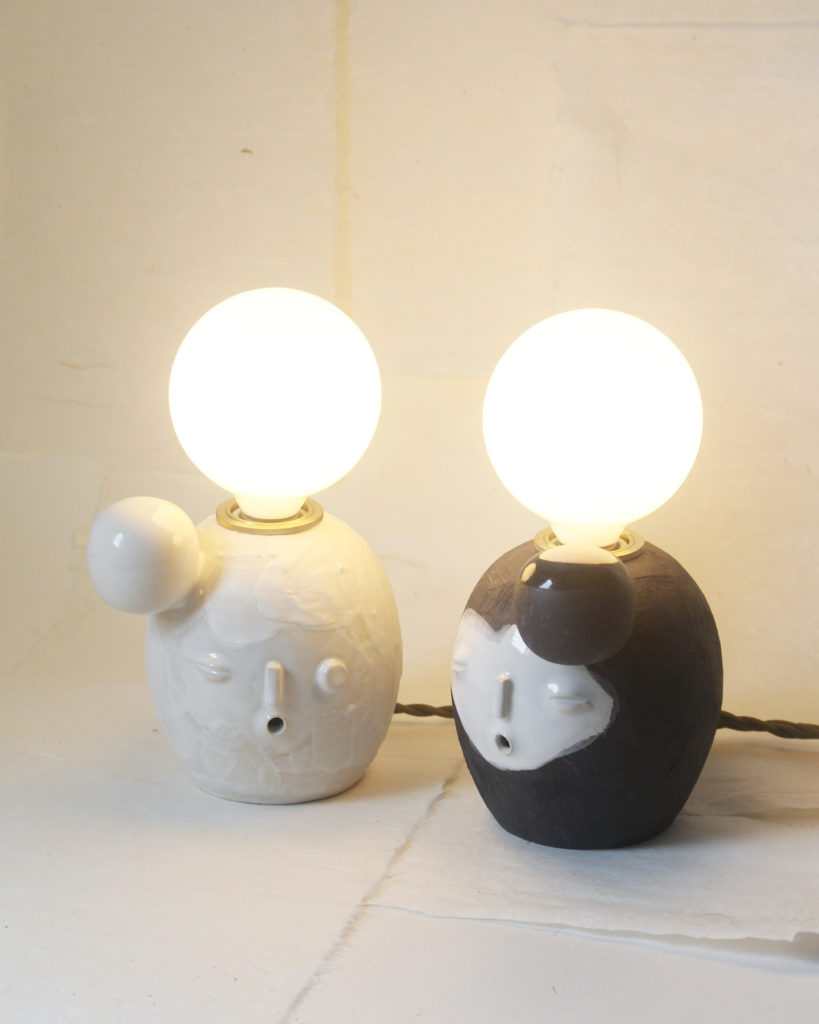
No stranger to failure during the firing of clay pieces, Genevieve Ang finds herself pondering the question of what to do with the unpresentable results. Rather than trashing them, her solution is to grind them to make grog. The resulting granular material is then incorporated into new art works, in the process creating a confetti- like texture as well as closing at least one loop of waste.
Genevieve Ang, also known as Gellyvieve, is a maker, designer and artist who expresses herself through ceramics and spatial installations. Fascinated with how clay is used everywhere, emoji and the evolution of languages, she is constantly searching for new forms to simplify the world around.
Soles With Soul (Indonesia)
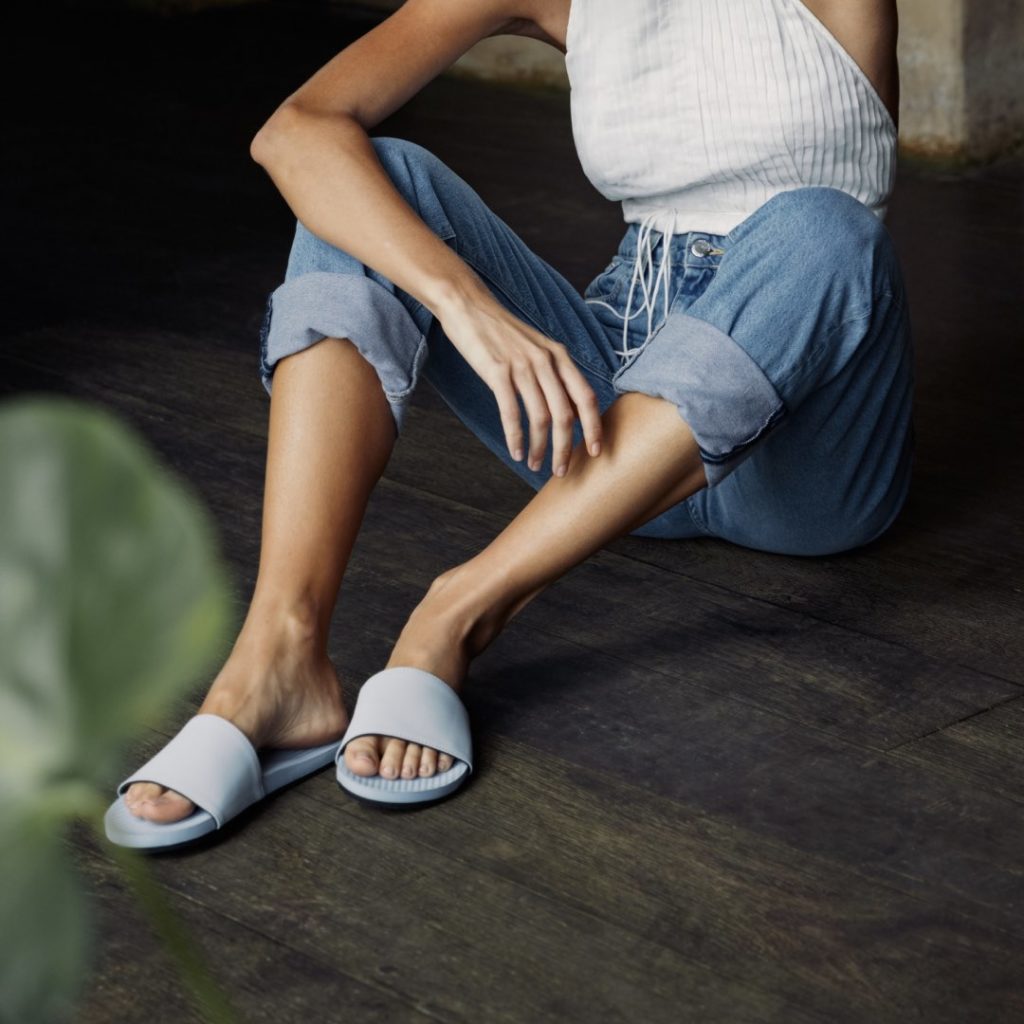
This range of sustainable footwear has its beginnings in a dawning realisation – that we are drowning in tyre waste. 1.5 billion tyres are dumped every year at stockyards, illegal sites and even rivers, where they will take thousands of years to decompose. Making matters worse, they are often burnt as fuel by impoverished communities, releasing toxic oils and fumes. Determined to make a difference, the soles of Indosole footwear are made with tyre waste collected from all over Indonesia, repurposed to encourage one to tread more lightly on the Earth.
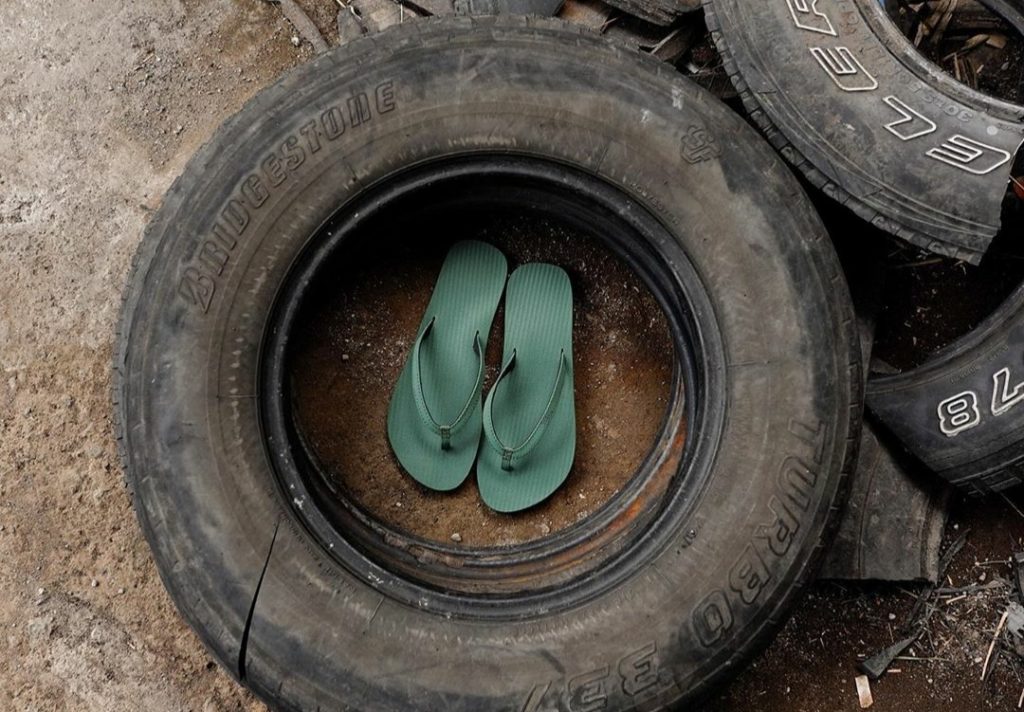
Since 2009, Indosole has repurposed over 100,000 used tyres from landfills, garages and gutters into the soles of their footwear. The brand is continually innovating while providing employment opportunities, infrastructure solutions and community empowerment throughout Indonesia and beyond.
Insectica Plastica (Singapore)
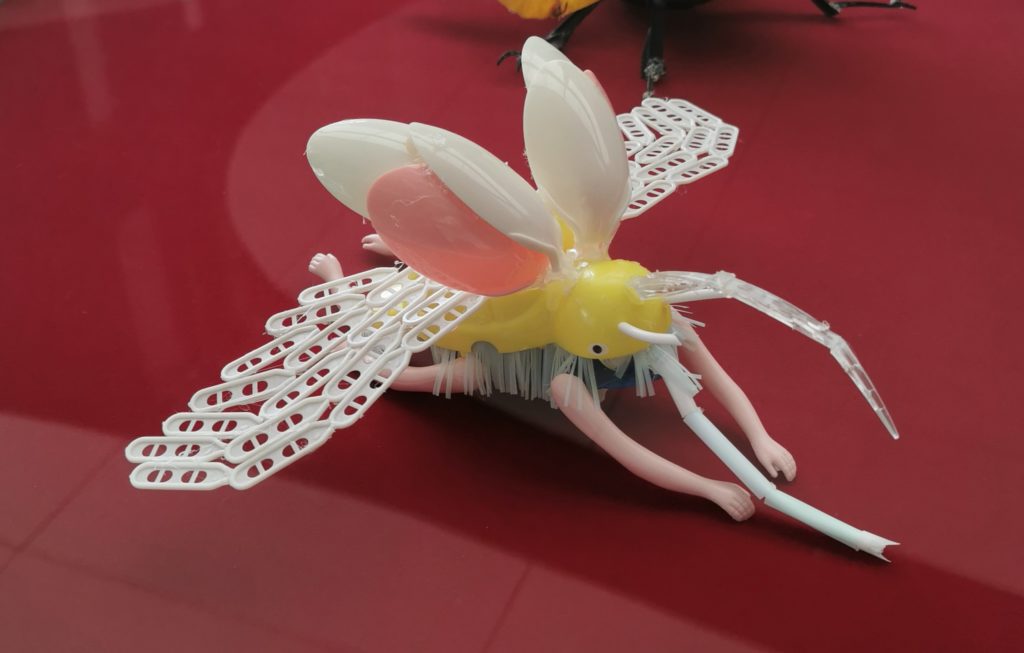
In this assemblage project, art students are challenged to create insect sculptures out of found objects and materials. An exercise in the twin processes of deconstruction and reconstruction, the resulting artworks also demonstrate how imagination and creativity can be applied to impart value to commonly overlooked scraps.
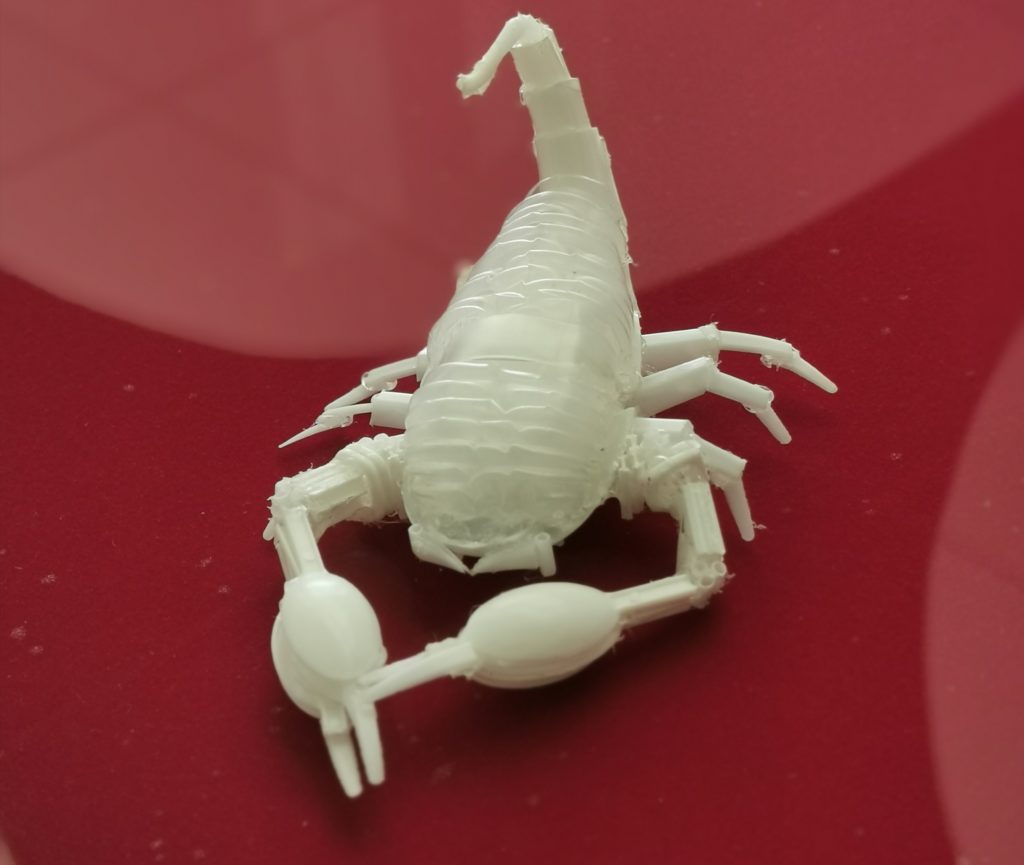
Asia’s leading contemporary arts and design institution, LASALLE College of the Arts provides a nurturing, interdisciplinary learning environment to inspire the next generation. Insectica Plastica is the work of students from the Visual Studies Programme (Level1, 2018): He Wen Zhou, Jacob Ariel, Koh Tat Wee, Lee Yun Jo, Marie Angelina, Stemple Haeun, Zhou Si Hao.
SONNET155 (Germany)
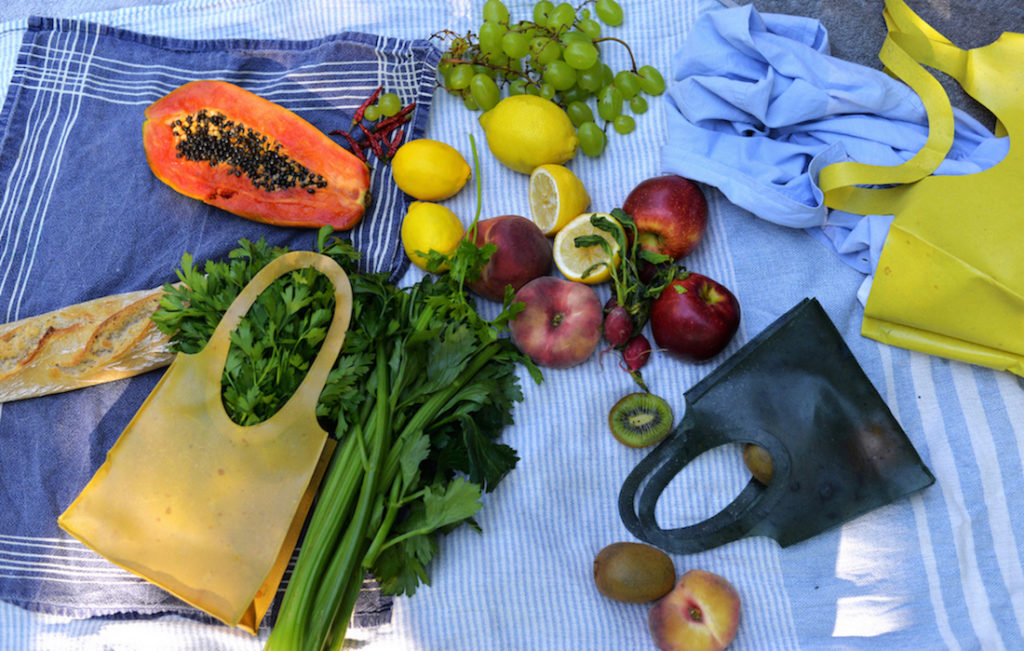
SONNET155 is the upgrade to the ordinary paper bag, melding utility and sustainability with beauty. The bag is made from two sources of waste: fruit peels left over from juice production, and cellulose waste from the textile industry. A visual and textural treat, each bag is designed to entice people to use it to the full. At the end of its life, the biodegradable bag can be put to rest in the soil or dissolved in water.
Fashion designer Johanna Hehemeyer-Cürte and textile designer Lobke Beckfeld met at art school in Berlin where they started working on SONNET155. The duo creates design strategies and products to position sustainability as a treat rather than a burden. They hope to change the way people consume trends and fashion, and balance the use of a product and its material lifespan.
Garden State Palimpsest (Singapore)
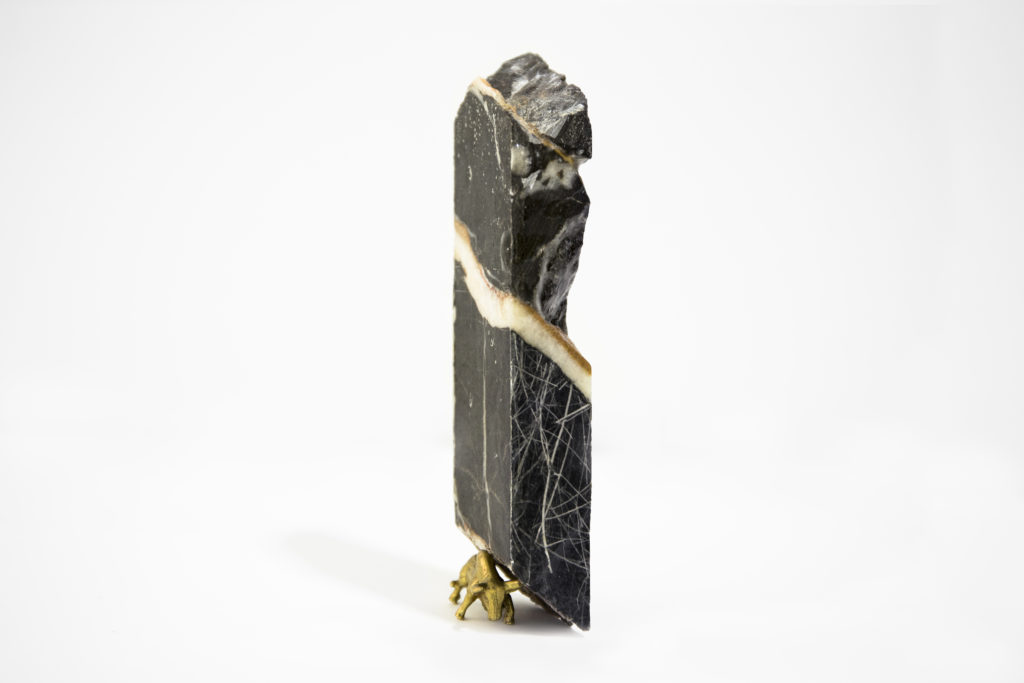
Jagged blocks of marble, granite and stone found amid construction debris and factory discards form the foundation for this series of photographic sculptures. Superimposed on these are images of idyllic rural Singapore as recalled by ex-kampong (village in Malay) dwellers, creating a pointed juxtaposition of natural landscapes against its replacement, the built-up urban environment. In themselves, the materials also challenge conventional notions of waste and shine light on its possibilities.
Artist and educator, Zen Teh’s practice is shaped by her proficiency in photography and painting alongside a deep interest in our relationship with the natural world. Her continual investigation into this intersection manifests in work that spans disciplines and mediums.
Guardians of the Future (Indonesia)

Usually carved from stone obtained through destructive mining, this pair of guardian lions are instead grown into shape using mycelium, the root system of mushrooms. Stronger than concrete kilo for kilo, this material hailed as the building block of the future is sustainable on many levels. Grown on agricultural by-product, mycelium turns waste into a useful resource. It is also biodegradable, leaving behind less waste than traditional building materials. This artwork was commissioned by MINI Singapore for MINI EXTRAODDINARY 2019.
A bio-based material start-up from Indonesia, Mycotech Lab’s primary research and development focuses on mycelium and its possible applications. From a leather alternative to sustainable furniture and building boards, the lab is constantly exploring new materials based on mycelium.
The Local Tree Project (Singapore)
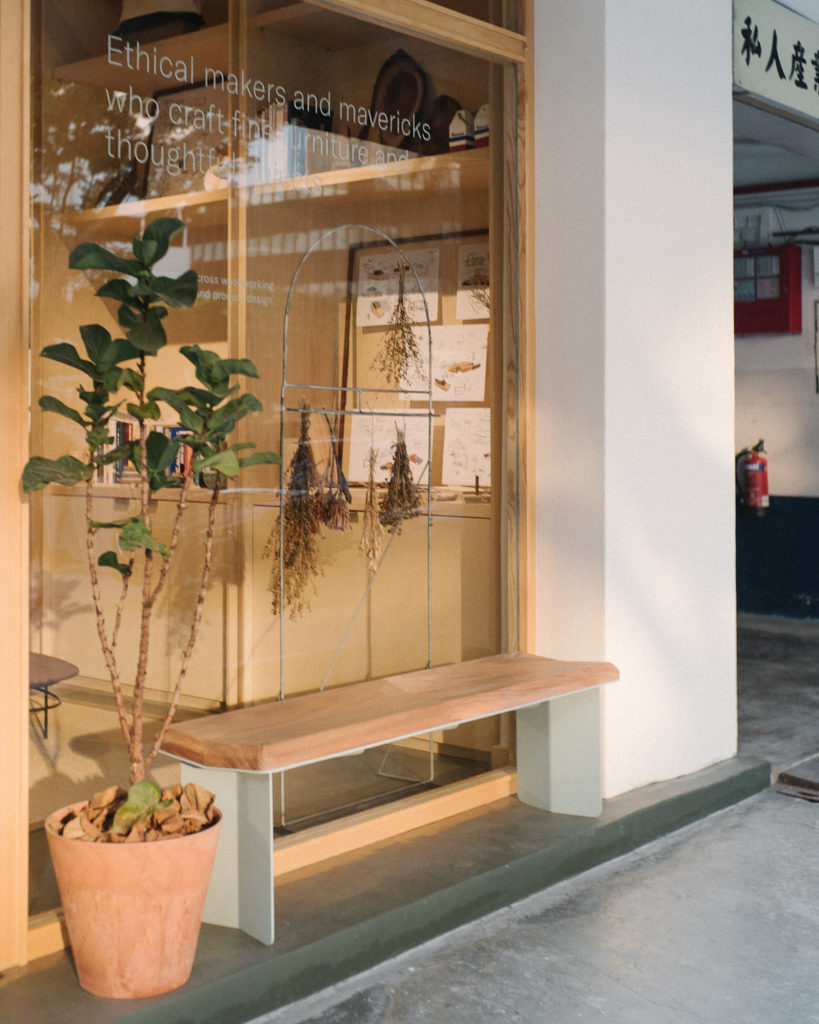
In the drive for urban development, more than 15,000 trees will be felled in Singapore over the next 15 years, adding to the current stockpile. Not as favoured as imported wood, these logs will mostly be turned into wood chips or simply left to rot. The Local Tree Project is an effort by Roger&Sons to salvage these abandoned trees and give them value by turning them into durable furniture and homeware. Nothing goes to waste, even the shavings and sawdust are put to use as fertiliser or packaging material. Part of this exhibit will also feature a kinetic installation, Weathering With Us, in which global climate datasets are visualised as mandala-like patterns in the sand. Conceived by artist Isabella Ong and architect Tan Wen Jun, the piece is crafted by Roger&Sons.
Roger&Sons is a team of ethical makers who craft fine furniture and thoughtful objects. Their work is driven by inquiry, and spans disciplines: furniture, industrial, and product design, as well as woodworking.
Irotsugi (Japan)

What is damaged and thrown away is given new life in this series of vessels. Fascinated with the unique beauty of broken glass, Kazuhiro Yamanaka artfully mends them with coloured resin, purposefully emphasising the cracked edges that follow the providence of nature. The bright colours also serve to convey the sense of tension inherent in the fissures even as they herald the joyful rebirth. While inspired by the centuries-old tradition of kintsugi, the reborn glass bears an unquestionably modern aesthetic.
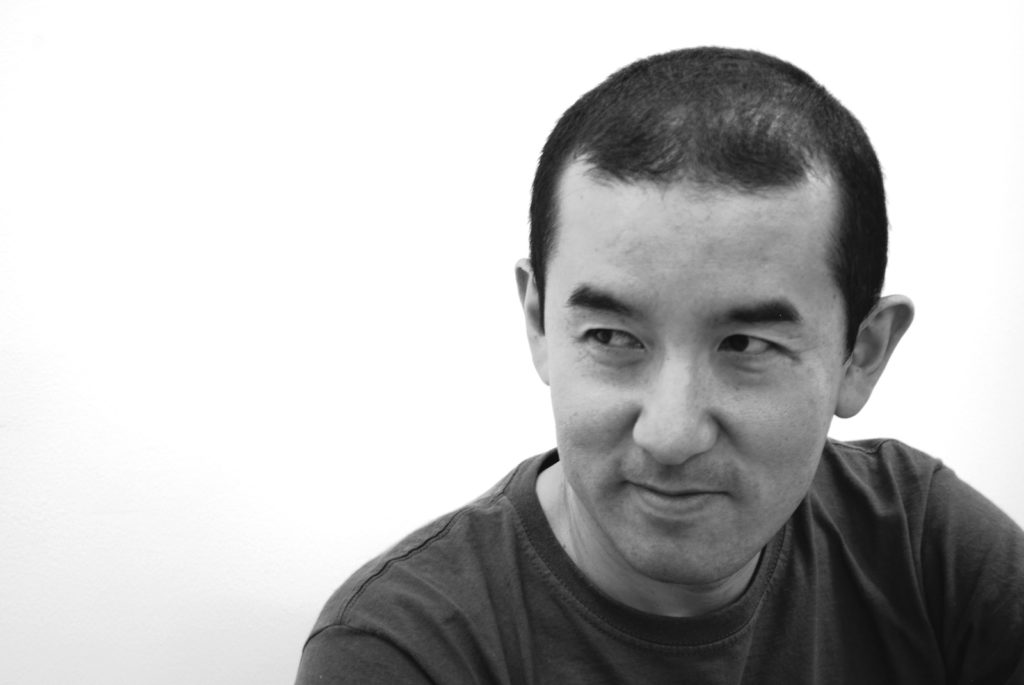
Japanese designer Kazuhiro Yamanaka’s interest spans furniture design, product design, lighting design and installations. His work navigates between the emptiness and fullness of surfaces, the subtle play of trompe l’oeil and the harmony of proportions. He believes that the designer’s job is to create maximum impact with minimal use of material.
The Waste Refinery runs from 6 November 2021 to 16 January 2022
9 am to 9 pm daily, free admission
National Design Centre, 111 Middle Road, Singapore
You might also like:
Exhibition at Singapore’s National Design Centre highlights the emotive influence of F&B packaging

